44 Delicious Foods That Can Help Manage High Blood Pressure
Think managing high blood pressure means sacrificing flavor? Think again! It's time to ditch the idea of bland diets and embrace a world of vibrant, heart-healthy deliciousness. Nature has provided a pantry overflowing with foods that not only support healthy blood pressure but also tantalize your taste buds. We're talking about everything from juicy fruits and crisp veggies to aromatic herbs and satisfying whole grains – all packed with the potassium, magnesium, fiber, and antioxidants your body craves. And now, we've supercharged our guide, expanding it to a whopping 44 mouthwatering options! Whether you're aiming to slash sodium intake, revamp your usual ingredients, or simply discover smart and tasty additions to your daily routine, this list is your ticket to a culinary adventure. Get ready to explore a symphony of satisfying flavors and easy food swaps that are as good for your heart as they are for your palate.
1. The Power of Potassium-Rich Bananas

Bananas are a well-loved fruit that offer a sweet taste and a wealth of health benefits. They are particularly rich in potassium, a mineral that plays a vital role in blood pressure regulation. Potassium helps balance sodium levels in the body, reducing the tension in blood vessel walls and ultimately lowering blood pressure. A diet high in potassium and low in sodium is a proven strategy for managing hypertension. By incorporating bananas into your daily routine, you can harness the power of potassium to support cardiovascular health. Beyond their potassium content, bananas are also a great source of dietary fiber, which can further aid in maintaining healthy blood pressure levels. Fiber helps regulate digestion and can prevent the absorption of cholesterol, reducing the risk of heart disease. Furthermore, the natural sugars in bananas provide a quick source of energy without causing a spike in blood sugar levels, making them an ideal snack for those looking to manage their blood pressure naturally. Enjoy bananas on their own, in smoothies, or as a topping for oatmeal to reap their full benefits.
2. Leafy Greens: A Nutrient-Dense Ally
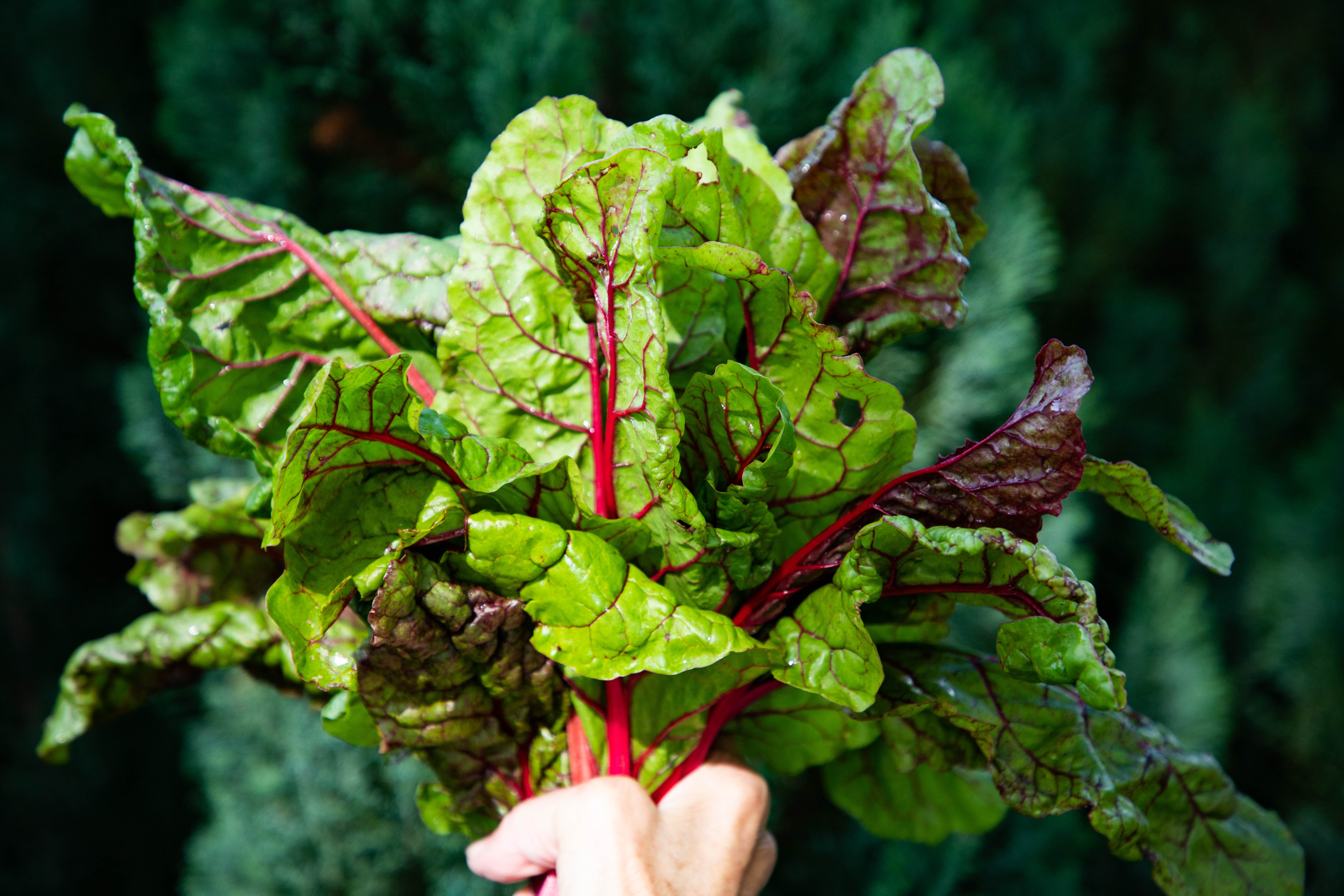
Leafy greens, such as spinach, kale, and Swiss chard, are nutritional powerhouses that offer a multitude of health benefits, including blood pressure regulation. These vegetables are rich in nitrates, compounds that the body converts into nitric oxide, a molecule that helps dilate blood vessels and improve blood flow. This process can lead to a reduction in blood pressure, making leafy greens an essential component of a heart-healthy diet. In addition to nitrates, leafy greens are packed with vitamins and minerals such as magnesium, calcium, and potassium, all of which contribute to cardiovascular health. Magnesium, in particular, helps relax blood vessels, further aiding in blood pressure reduction. Incorporating a variety of leafy greens into your meals can provide a diverse array of nutrients that support overall health. Whether enjoyed in salads, smoothies, or cooked dishes, leafy greens are a versatile and delicious way to naturally manage blood pressure.
3. The Heart-Healthy Benefits of Berries

Berries, including strawberries, blueberries, and raspberries, are not only delicious but also packed with antioxidants and other compounds that promote heart health. These vibrant fruits are rich in flavonoids, which have been shown to improve endothelial function and reduce inflammation, both of which are important for maintaining healthy blood pressure levels. Regular consumption of berries can contribute to a lower risk of hypertension and other cardiovascular diseases. The high antioxidant content in berries helps combat oxidative stress, a factor that can lead to arterial damage and increased blood pressure. By neutralizing free radicals, antioxidants support the integrity of blood vessels and improve overall cardiovascular function. Berries are also a good source of fiber, which can aid in cholesterol management and further support heart health. Enjoy them fresh, frozen, or in smoothies to take advantage of their numerous health benefits.
4. Omega-3 Rich Fatty Fish for Cardiovascular Support
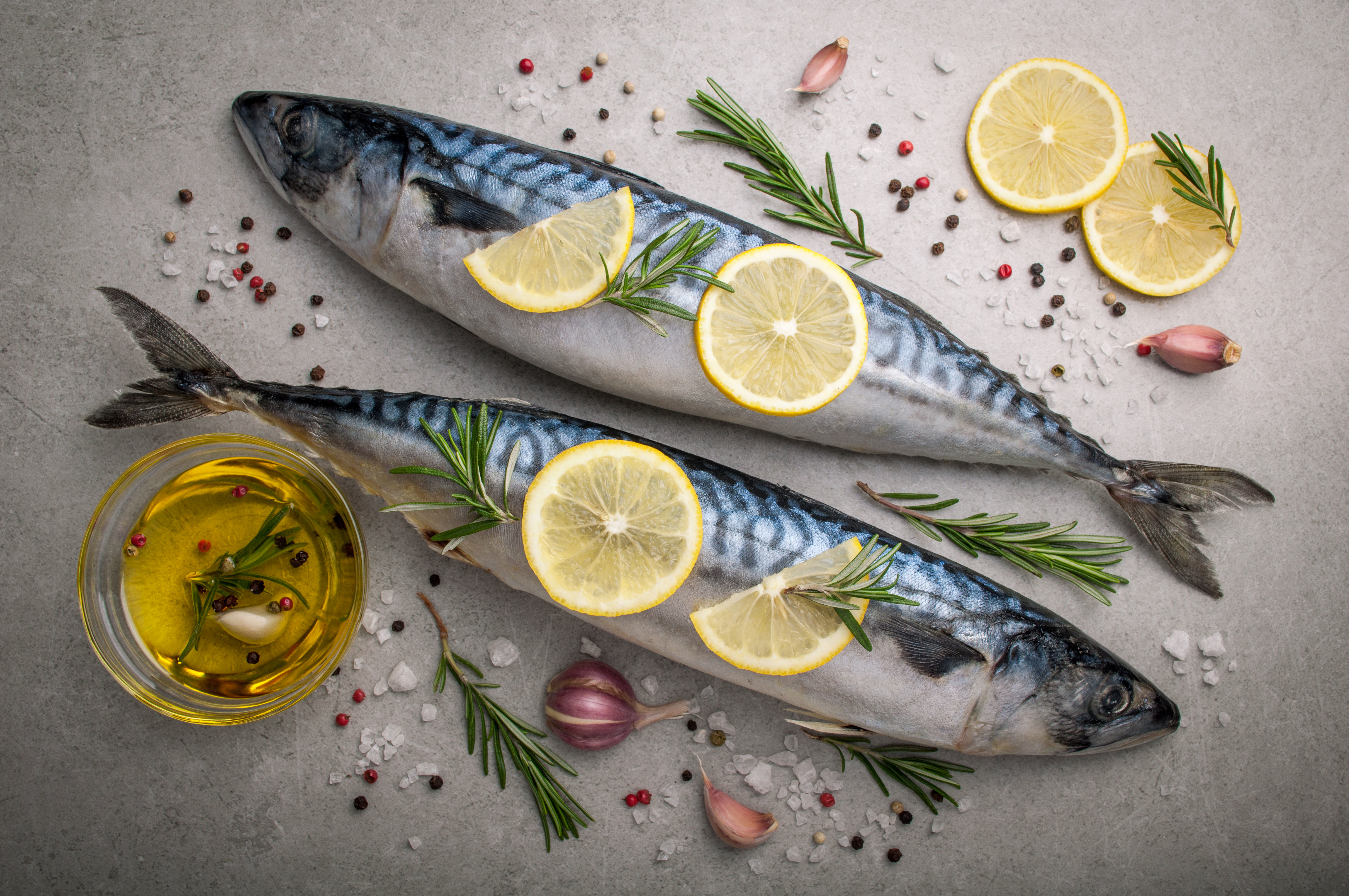
Fatty fish, such as salmon, mackerel, and sardines, are excellent sources of omega-3 fatty acids, which are renowned for their heart-protective properties. Omega-3s help reduce inflammation, lower triglyceride levels, and improve endothelial function, all of which contribute to healthy blood pressure levels. Incorporating fatty fish into your diet can provide a powerful boost to cardiovascular health and help prevent hypertension. In addition to omega-3s, fatty fish are also rich in protein and essential nutrients like vitamin D and selenium. These nutrients play a role in maintaining overall health and can further support heart function. For those who do not consume fish, omega-3 supplements derived from algae are a plant-based alternative that can offer similar benefits. Aim to include fatty fish in your meals at least twice a week to enjoy their full range of health advantages.
5. The Cholesterol-Lowering Magic of Oats
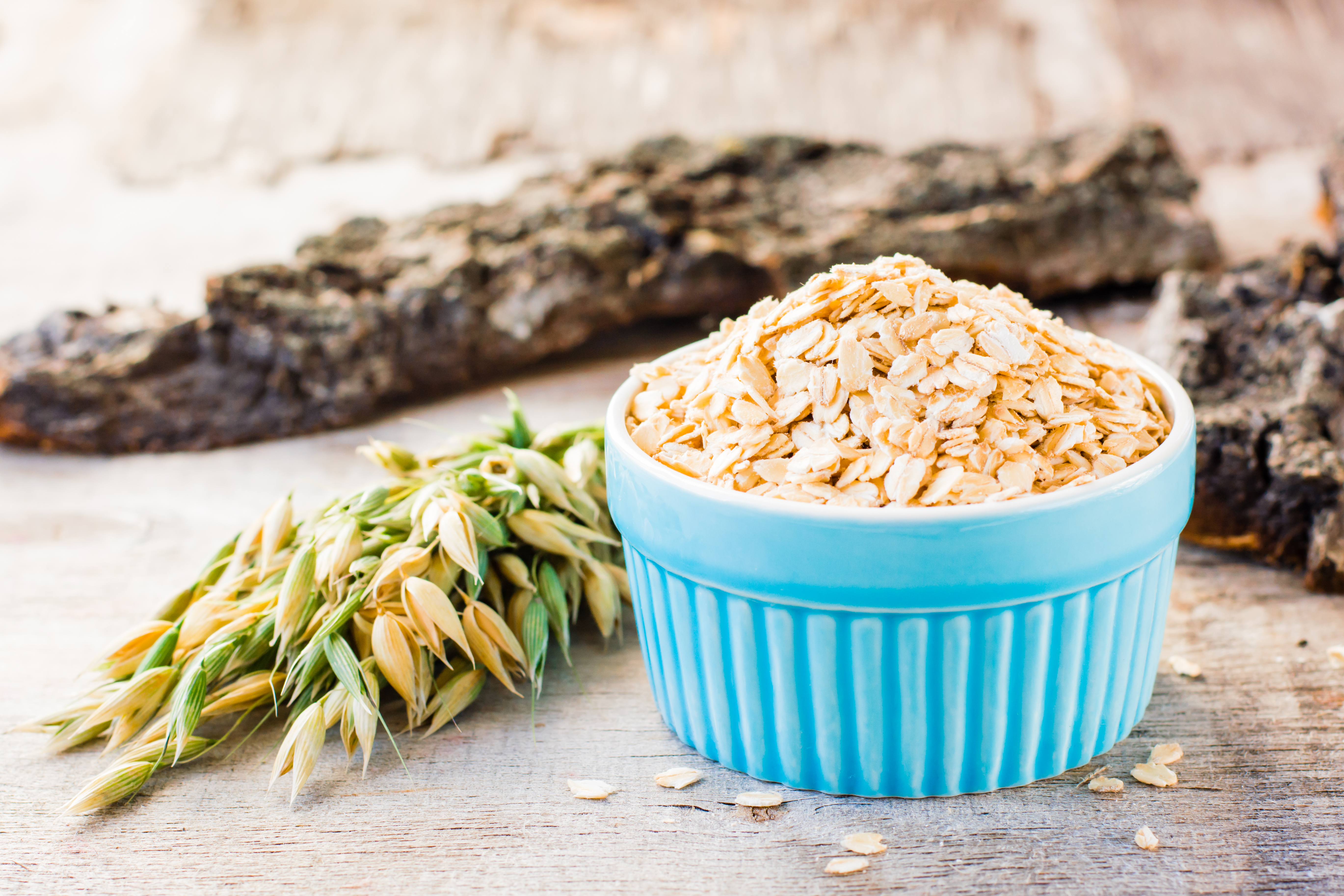
Oats are a staple breakfast food known for their cholesterol-lowering properties, which can also contribute to healthy blood pressure levels. They contain a type of soluble fiber called beta-glucan, which forms a gel-like substance in the gut that binds to cholesterol and prevents its absorption. This process can lead to a reduction in blood cholesterol levels and, consequently, a decrease in blood pressure. In addition to their fiber content, oats are a good source of magnesium and antioxidants, both of which support cardiovascular health. Magnesium helps relax blood vessels, while antioxidants protect against oxidative stress and inflammation. Oats are a versatile ingredient that can be enjoyed in various forms, such as oatmeal, granola, or baked goods. Incorporating oats into your diet can provide a heart-healthy start to your day and support long-term blood pressure management.
6. Nuts and Seeds: Small but Mighty

Nuts and seeds, including almonds, walnuts, flaxseeds, and chia seeds, are nutrient-dense foods that offer a range of health benefits, including blood pressure regulation. They are rich in healthy fats, fiber, and protein, all of which contribute to cardiovascular health. The healthy fats found in nuts and seeds, particularly omega-3 and omega-6 fatty acids, help reduce inflammation and improve blood vessel function. Furthermore, nuts and seeds are excellent sources of magnesium and potassium, two minerals that play a crucial role in blood pressure management. Regular consumption of these foods has been associated with a reduced risk of hypertension and other cardiovascular diseases. Enjoy nuts and seeds as a snack, in salads, or as a topping for yogurt and oatmeal to take advantage of their heart-healthy properties.
7. The Antioxidant Power of Dark Chocolate

Dark chocolate, when consumed in moderation, can be a delightful way to support healthy blood pressure levels. It is rich in flavonoids, particularly a type called flavanols, which have been shown to improve endothelial function and promote vasodilation, leading to lower blood pressure. The antioxidants in dark chocolate also help combat oxidative stress, further supporting cardiovascular health. When choosing dark chocolate, opt for varieties with a high cocoa content (70% or higher) to maximize the health benefits. It is important to consume dark chocolate in moderation, as it is also high in calories and can contribute to weight gain if consumed excessively. Enjoying a small piece of dark chocolate as a treat can be a delicious way to support heart health and satisfy your sweet tooth.
8. The Versatile Benefits of Garlic
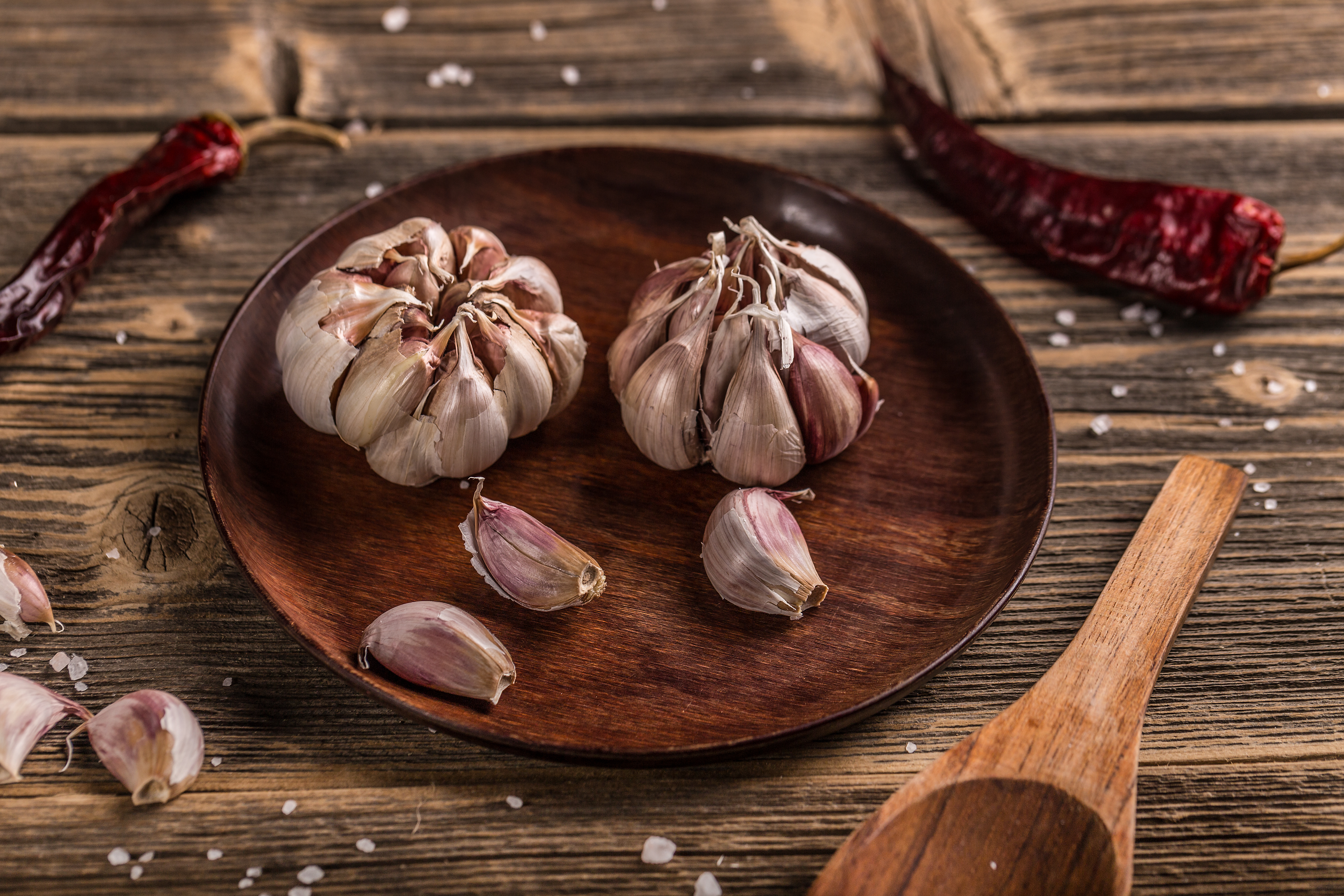
Garlic has been used for centuries for its medicinal properties, and its ability to support cardiovascular health is well-documented. It contains a compound called allicin, which has been shown to improve blood vessel function and reduce blood pressure. Allicin is released when garlic is crushed or chopped, making it important to prepare garlic properly to maximize its health benefits. In addition to its blood pressure-lowering effects, garlic is also known for its anti-inflammatory and antioxidant properties, which can further support heart health. Incorporating garlic into your diet is easy, as it can be used to flavor a wide variety of dishes, from soups and stews to sauces and marinades. Regular consumption of garlic can be a flavorful way to enhance your meals and support cardiovascular well-being.
9. The Citrusy Goodness of Oranges

Oranges are a popular fruit known for their refreshing taste and high vitamin C content. They are also rich in potassium and flavonoids, both of which contribute to healthy blood pressure levels. Vitamin C is a powerful antioxidant that helps protect blood vessels from oxidative damage, while potassium helps balance sodium levels and reduce blood pressure. The natural sugars in oranges provide a quick source of energy, making them an ideal snack for those looking to manage their blood pressure naturally. In addition to their blood pressure-lowering effects, oranges are also a good source of fiber, which can aid in digestion and cholesterol management. Enjoy oranges on their own, as juice, or in fruit salads to take advantage of their numerous health benefits.
10. The Gut-Heart Connection: Fermented Foods
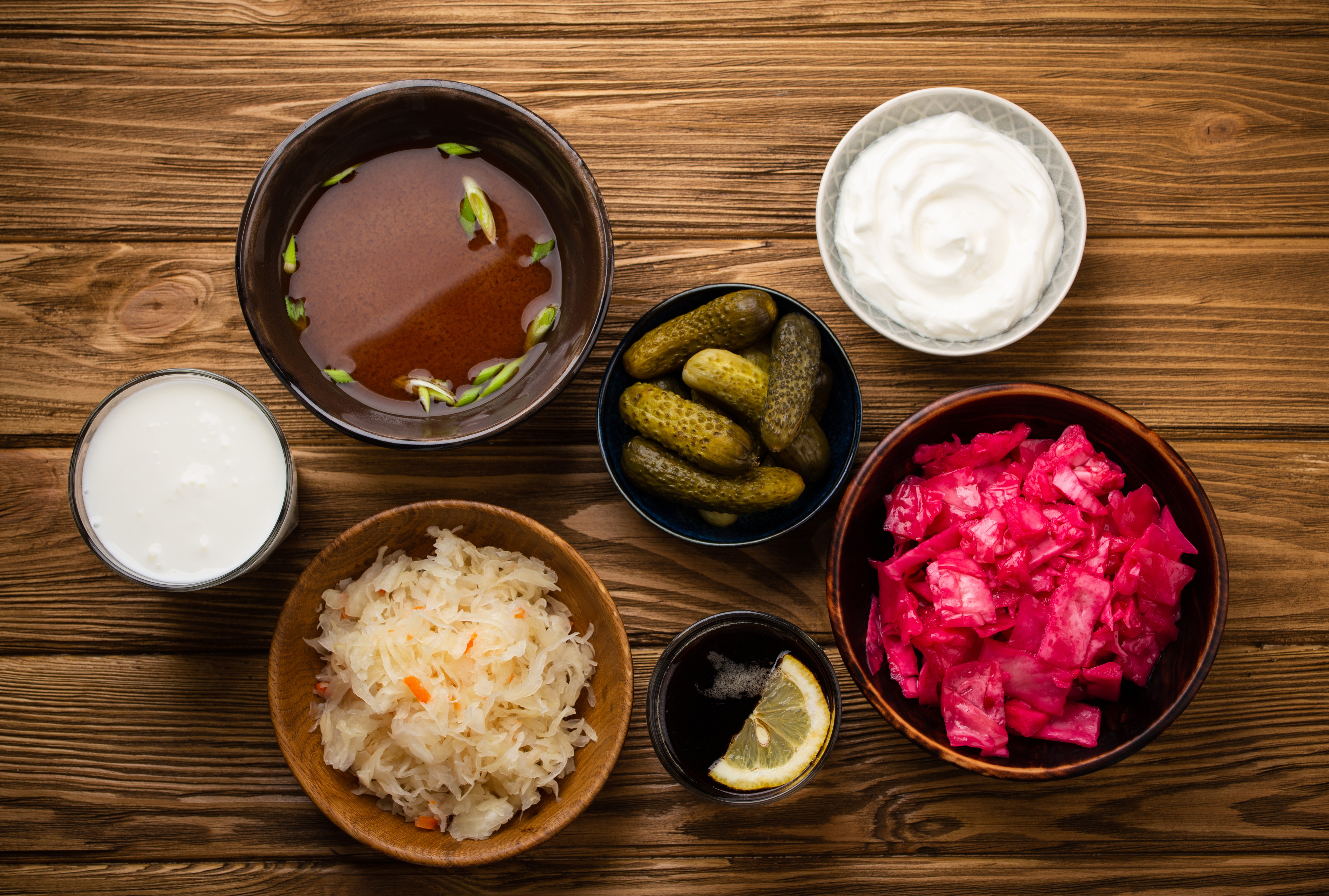
Fermented foods, such as yogurt, kefir, sauerkraut, and kimchi, are known for their probiotic content, which supports gut health. Emerging research suggests that there is a strong connection between gut health and cardiovascular health, with a healthy gut microbiome playing a role in blood pressure regulation. Probiotics help maintain a balanced gut microbiota, which can influence blood pressure through various mechanisms. In addition to their probiotic content, fermented foods are also rich in vitamins and minerals that support overall health. Incorporating a variety of fermented foods into your diet can provide a diverse array of beneficial bacteria that promote gut and heart health. Enjoy fermented foods as part of your meals or as a snack to support a healthy gut-heart connection and maintain healthy blood pressure levels.
11. The Hydrating Benefits of Watermelon

Watermelon is a hydrating fruit that offers a range of health benefits, including blood pressure regulation. It is rich in citrulline, an amino acid that the body converts into arginine, which helps produce nitric oxide. Nitric oxide is a molecule that promotes vasodilation, improving blood flow and reducing blood pressure. Regular consumption of watermelon can contribute to a lower risk of hypertension and other cardiovascular diseases. In addition to its blood pressure-lowering effects, watermelon is also a good source of vitamins A and C, both of which support overall health. Its high water content makes it a refreshing and hydrating snack, especially during hot weather. Enjoy watermelon on its own, in fruit salads, or as a refreshing juice to take advantage of its numerous health benefits.
12. The Spicy Benefits of Turmeric
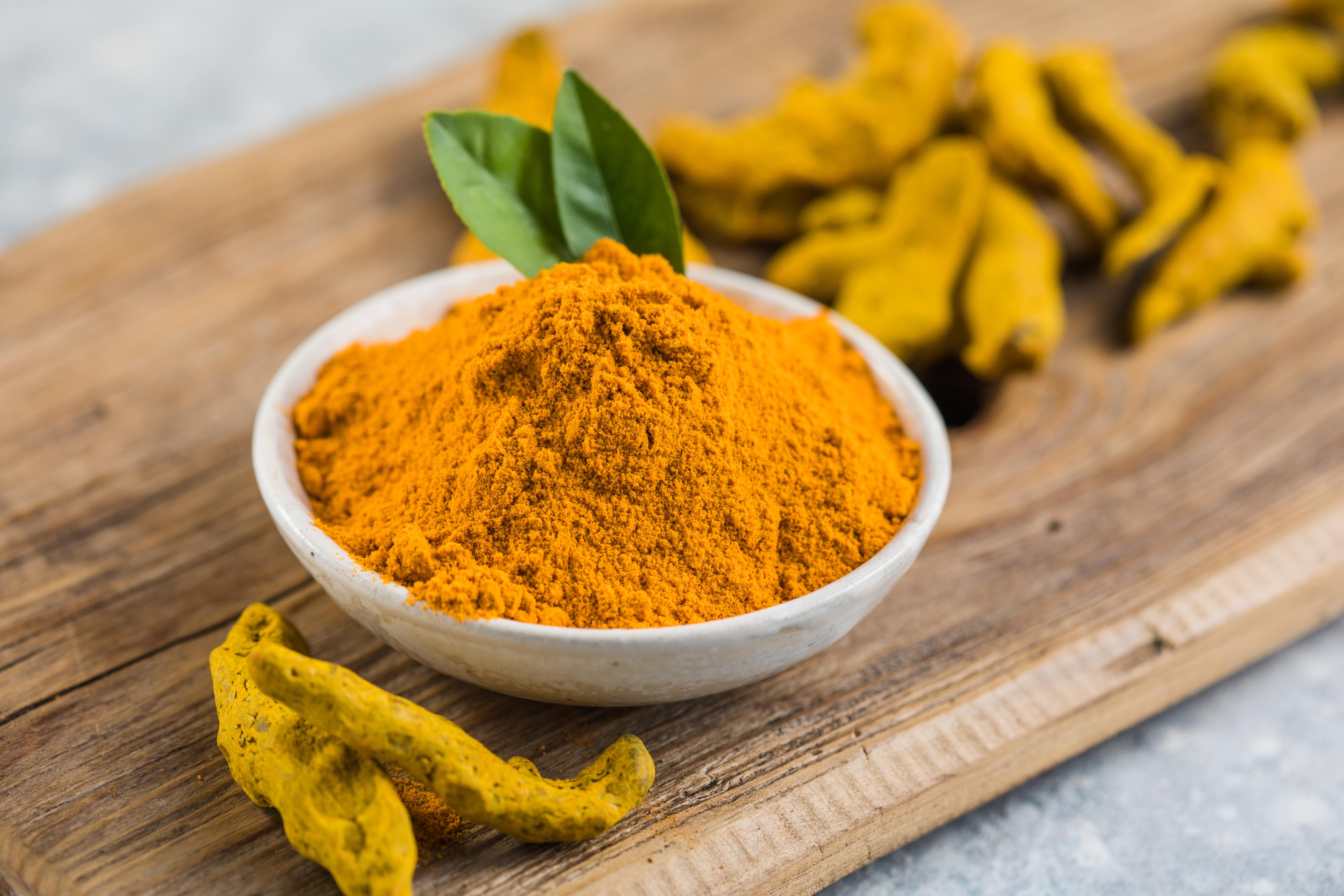
Turmeric is a vibrant yellow spice that has been used for centuries in traditional medicine for its anti-inflammatory and antioxidant properties. Curcumin, the active compound in turmeric, has been shown to improve endothelial function and reduce inflammation, both of which are important for maintaining healthy blood pressure levels. Incorporating turmeric into your diet can provide a flavorful way to support cardiovascular health. In addition to its blood pressure-lowering effects, turmeric is also known for its potential to improve brain health and reduce the risk of chronic diseases. It can be used to flavor a wide variety of dishes, from curries and soups to smoothies and teas. To enhance the absorption of curcumin, it is recommended to consume turmeric with black pepper or a source of healthy fat. Enjoy turmeric in your meals to take advantage of its numerous health benefits.
13. The Refreshing Benefits of Green Tea

Green tea is a popular beverage known for its high antioxidant content and numerous health benefits. It contains a group of antioxidants called catechins, which have been shown to improve endothelial function and promote vasodilation, leading to lower blood pressure. Regular consumption of green tea can contribute to a lower risk of hypertension and other cardiovascular diseases. In addition to its blood pressure-lowering effects, green tea is also known for its potential to improve brain health, support weight management, and reduce the risk of chronic diseases. It is a versatile beverage that can be enjoyed hot or cold, and it can be flavored with lemon, honey, or mint for added taste. Incorporate green tea into your daily routine to support heart health and overall well-being.
14. The Sweet Benefits of Beets
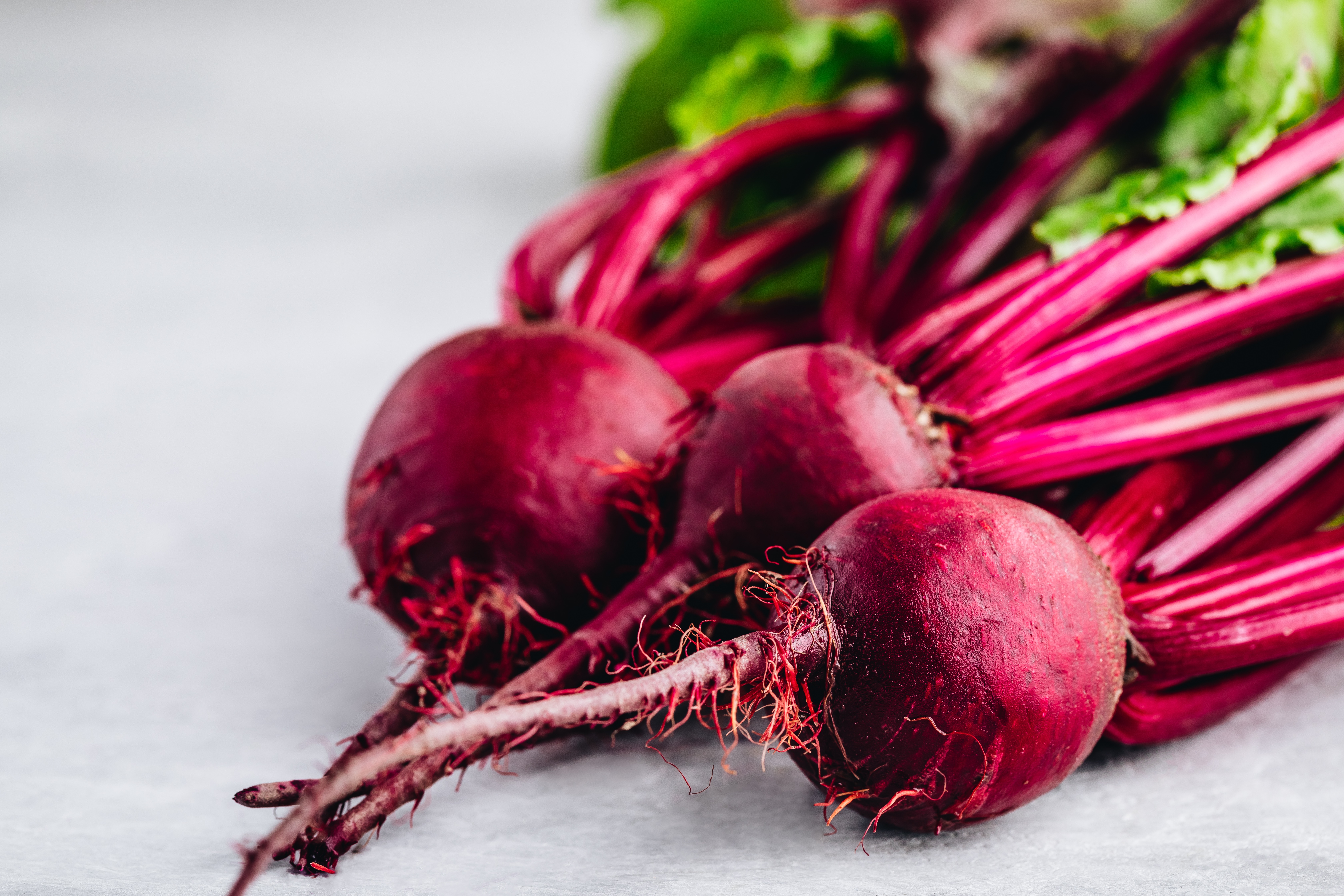
Beets are a vibrant root vegetable that offer a range of health benefits, including blood pressure regulation. They are rich in nitrates, compounds that the body converts into nitric oxide, which helps dilate blood vessels and improve blood flow. This process can lead to a reduction in blood pressure, making beets an essential component of a heart-healthy diet. In addition to their nitrate content, beets are also a good source of fiber, vitamins, and minerals that support overall health. They can be enjoyed in various forms, such as roasted, boiled, or juiced, and can be added to salads, soups, or smoothies for a burst of color and flavor. Incorporating beets into your diet can provide a natural and delicious way to support cardiovascular health.
15. Avocados – Creamy, Heart-Healthy Superfood
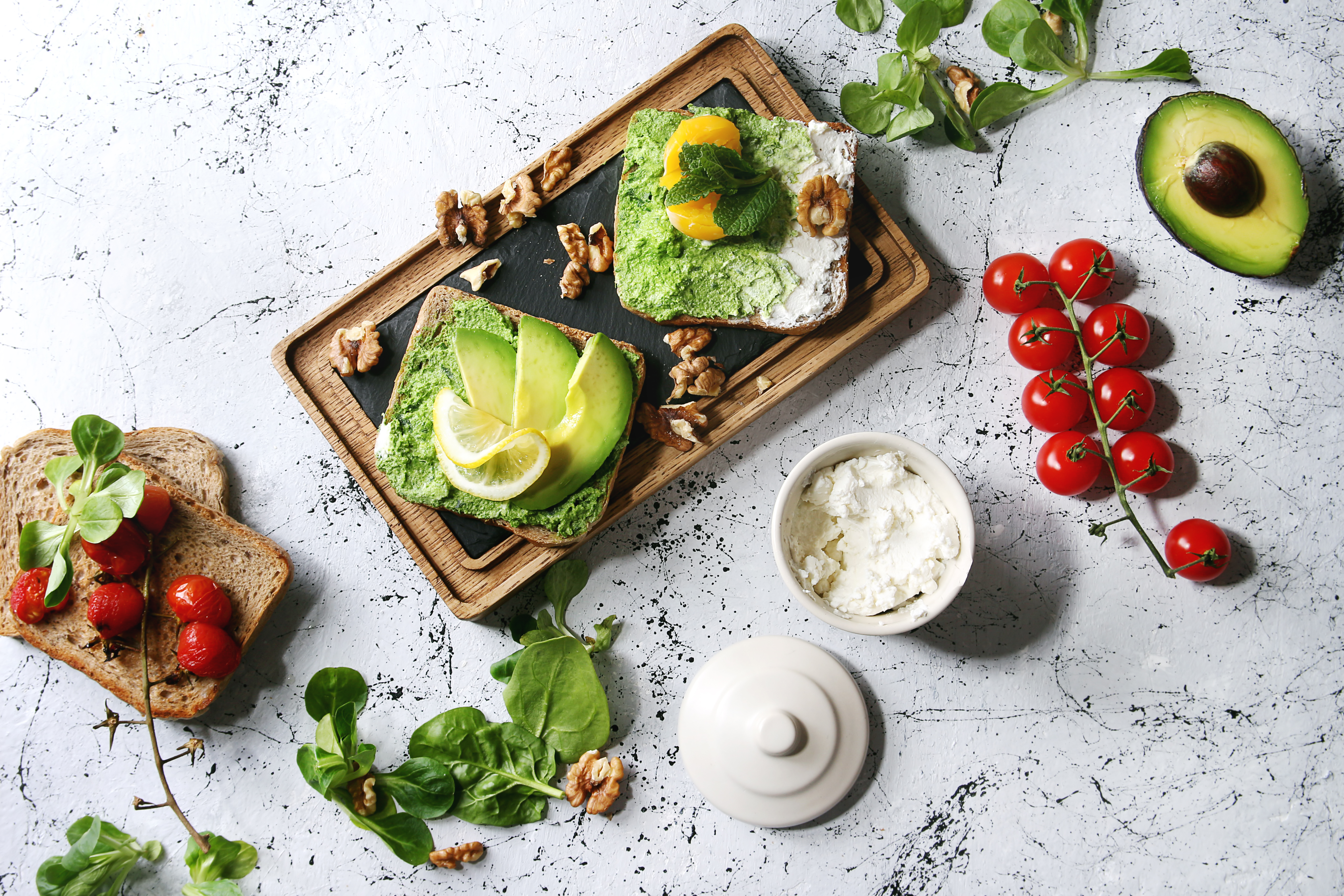
Avocados are more than just a trendy toast topping—they're a powerhouse of heart-healthy nutrients. Packed with potassium, magnesium, and monounsaturated fats, avocados help regulate blood pressure by balancing sodium levels and improving blood vessel function. Studies have shown that diets rich in potassium can help lower hypertension risk by relaxing blood vessels and improving circulation. Beyond their heart-friendly benefits, avocados are loaded with fiber and antioxidants, which contribute to overall cardiovascular health. Their creamy texture makes them a versatile ingredient—blend them into smoothies, mash them into guacamole, or spread them on whole-grain toast for a delicious, heart-healthy boost.
16. Sweet Potatoes – A Nutrient-Rich Carbohydrate Alternative

Sweet potatoes are a fantastic source of potassium, fiber, and vitamin C, all of which contribute to lower blood pressure levels. Their high potassium content helps counteract sodium’s effects, relaxing blood vessels and improving circulation. Unlike white potatoes, sweet potatoes have a lower glycemic index, meaning they won’t spike blood sugar levels. Additionally, their beta-carotene content helps reduce inflammation and oxidative stress, both of which are linked to high blood pressure and heart disease. Enjoy them roasted, mashed, or baked for a satisfying and nutritious side dish.
17. Tomatoes – The Lycopene-Packed Heart Protector
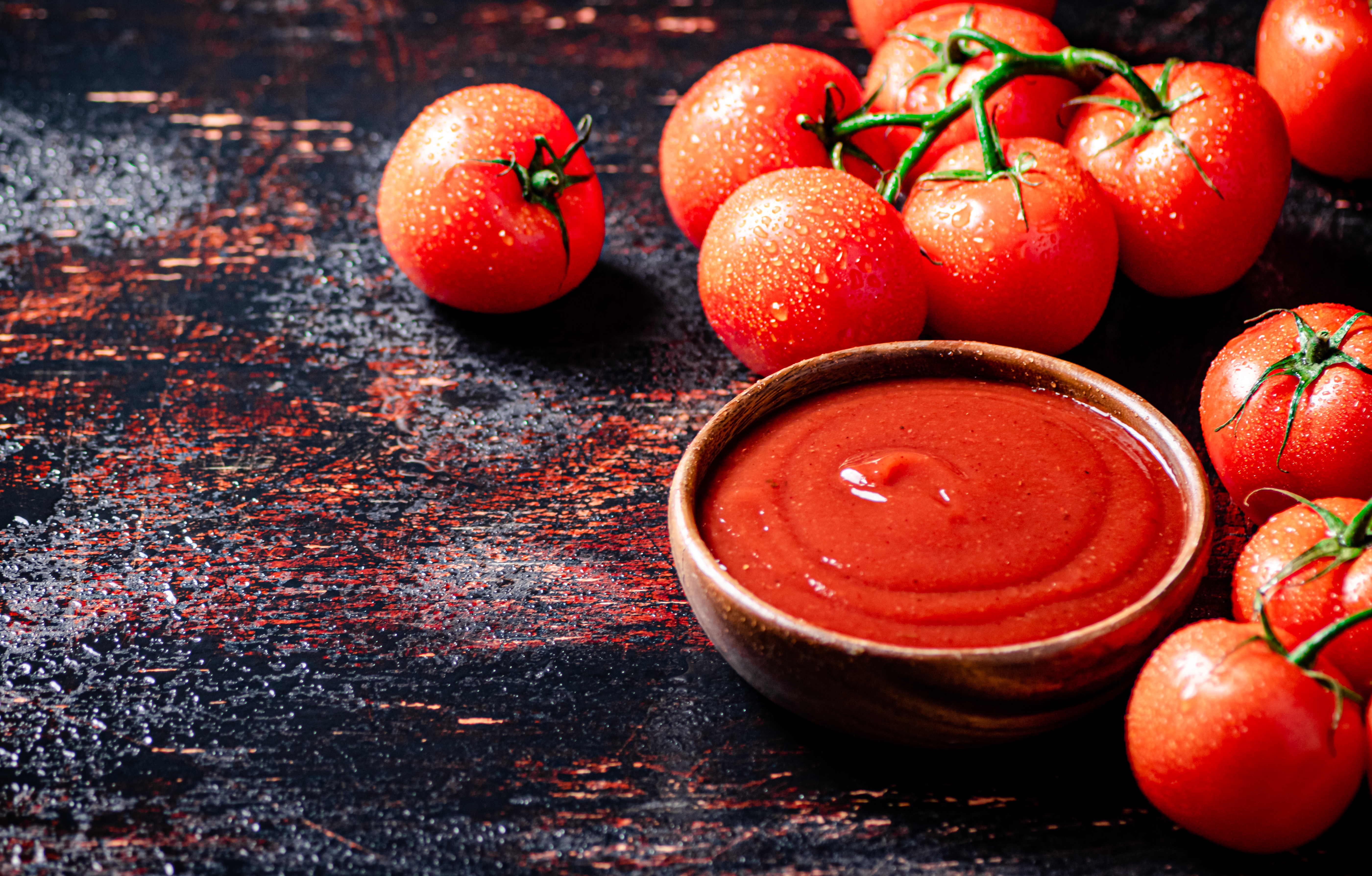
Tomatoes are a rich source of lycopene, a powerful antioxidant that has been linked to lower blood pressure and improved heart health. Lycopene helps reduce oxidative stress, preventing damage to blood vessels and arteries. Tomatoes are also high in potassium and vitamin C, both of which support a healthy cardiovascular system. Eating more tomatoes—whether raw, in sauces, or as a base for soups—can be an easy way to help lower hypertension naturally. Cooked tomatoes actually increase lycopene absorption, so enjoy them in tomato sauce, salsa, or roasted dishes for maximum benefits.
18. Citrus Fruits – Nature’s Vitamin C Boost

Oranges, grapefruits, lemons, and limes aren’t just refreshing—they’re also packed with vitamin C, fiber, and flavonoids that help reduce blood pressure and strengthen blood vessels. Studies have shown that people who consume more citrus fruits tend to have lower rates of hypertension and improved arterial function. Citrus fruits also contain hesperidin, a plant compound that improves blood flow and reduces inflammation. Start your day with a glass of fresh orange juice, squeeze lemon into water, or enjoy a grapefruit for a heart-healthy snack.
19. Lentils – A Plant-Based Protein Powerhouse
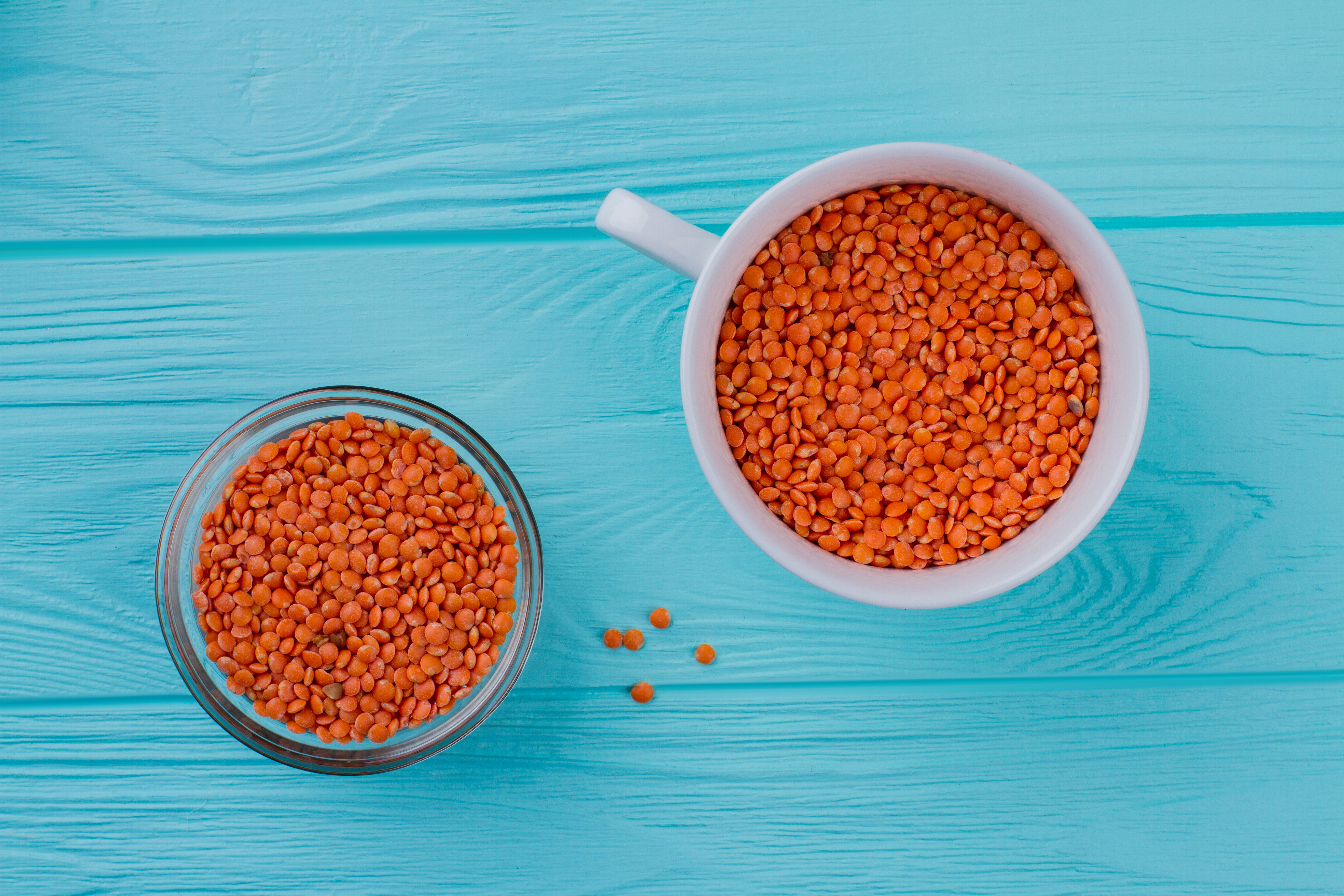
Lentils are fiber-rich legumes that help maintain healthy blood pressure levels by reducing cholesterol, improving circulation, and stabilizing blood sugar levels. High in potassium, magnesium, and protein, lentils provide a nutrient-packed alternative to red meat, which can be high in sodium and unhealthy fats. Studies suggest that replacing animal protein with plant-based proteins like lentils can significantly lower blood pressure. Add them to soups, salads, or stews for a delicious, heart-healthy boost.
20. Pomegranates – The Blood Flow Enhancer
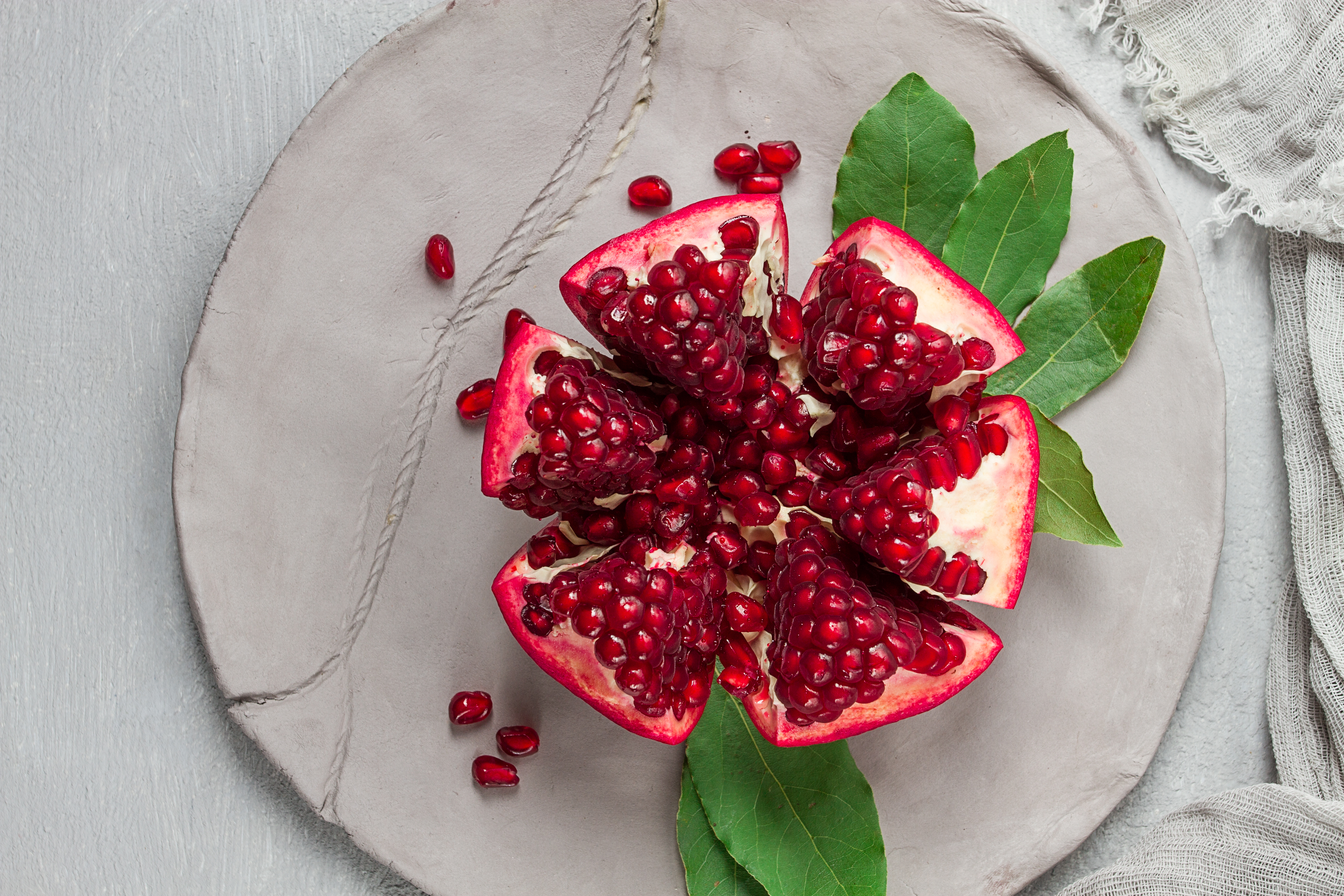
Pomegranates are a superfruit packed with antioxidants and polyphenols that help improve circulation and reduce hypertension. Drinking pomegranate juice regularly has been shown to lower blood pressure, reduce arterial stiffness, and enhance heart function. The high levels of punicalagins and anthocyanins in pomegranates help protect blood vessels from oxidative damage while promoting nitric oxide production, which relaxes arteries. Enjoy fresh pomegranate seeds in salads or yogurt, or sip on 100% pure pomegranate juice for a heart-healthy drink.
21. Dark Leafy Herbs – More Than Just Garnishes
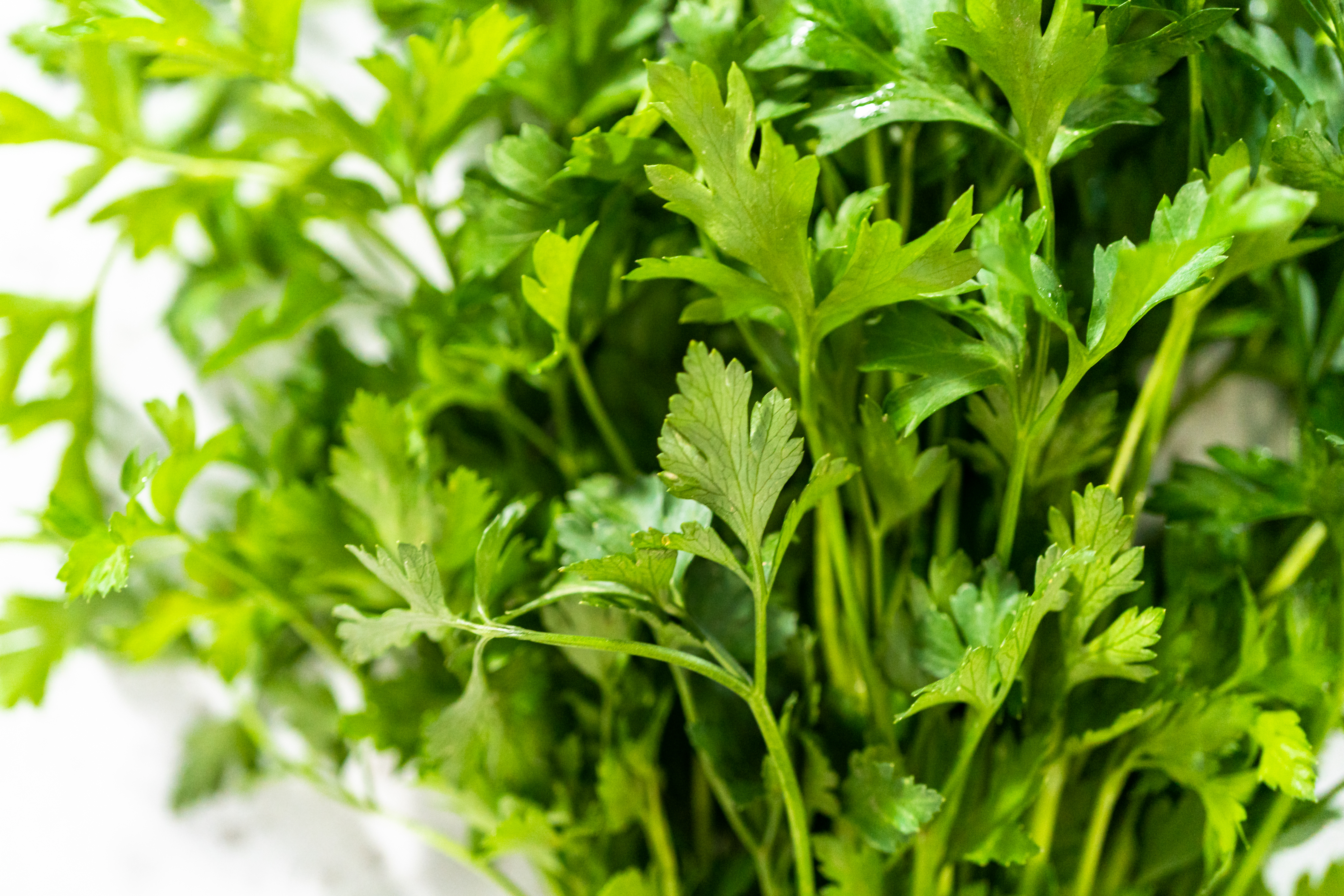
Herbs like parsley, cilantro, and basil are loaded with nitrates and flavonoids, compounds that support healthy blood pressure and circulation. Many fresh herbs also contain potassium and magnesium, both of which help relax blood vessels and counteract the effects of sodium. Instead of using salt-heavy seasonings, flavor your meals with fresh herbs to enhance taste without raising sodium levels. Add them to salads, sauces, or homemade dressings for a nutrient-packed, flavorful boost.
22. Edamame – The Soy Superfood
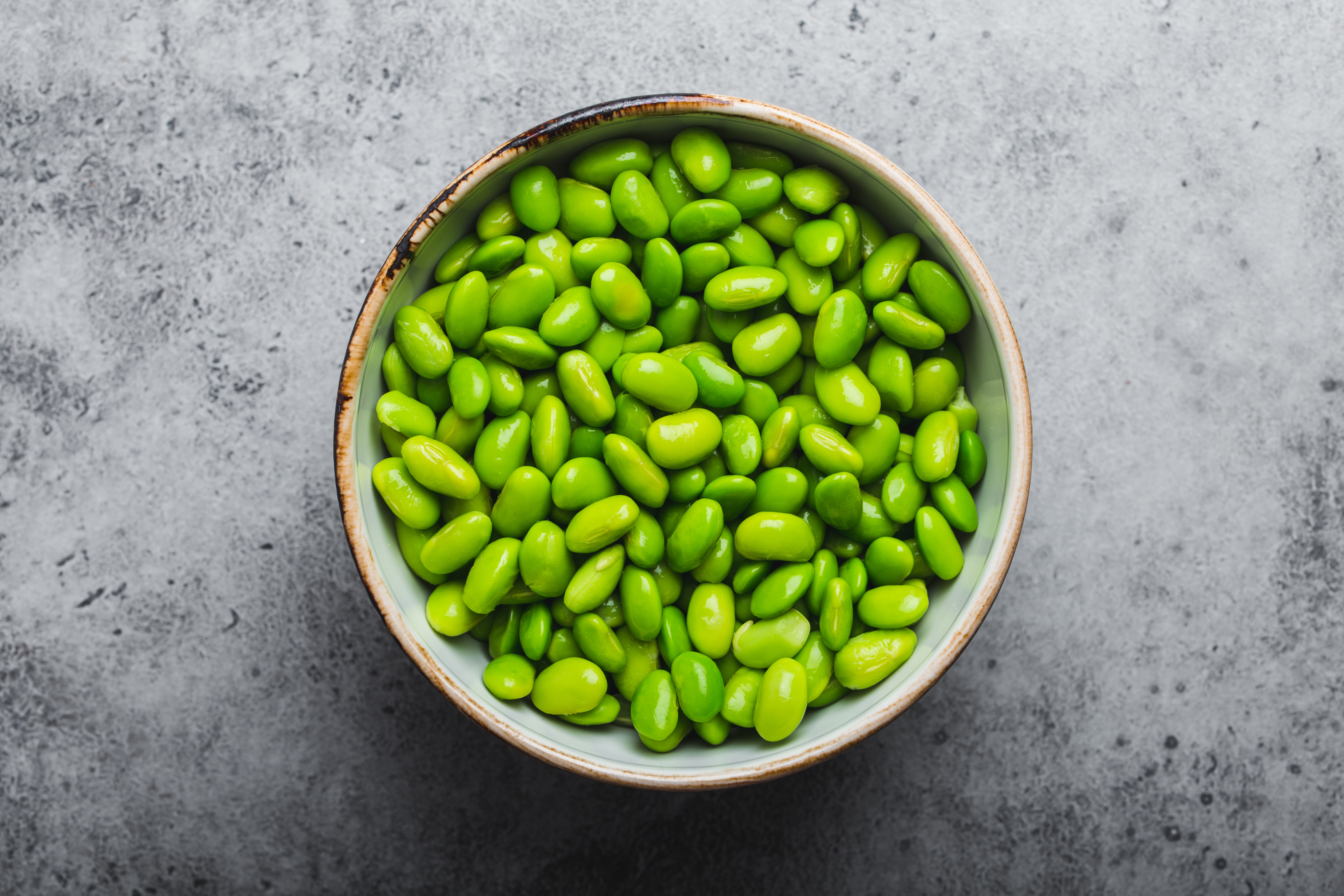
Edamame, or young soybeans, are packed with isoflavones, plant compounds that help lower blood pressure and improve cholesterol levels. Soy-based foods have been linked to reduced risk of heart disease, making them an excellent addition to a hypertension-friendly diet. Edamame is also a great source of plant-based protein, fiber, and essential minerals like magnesium and potassium, all of which contribute to better blood vessel function and circulation. Snack on lightly salted edamame or add them to salads and stir-fries.
23. Quinoa – The Ultimate Whole Grain
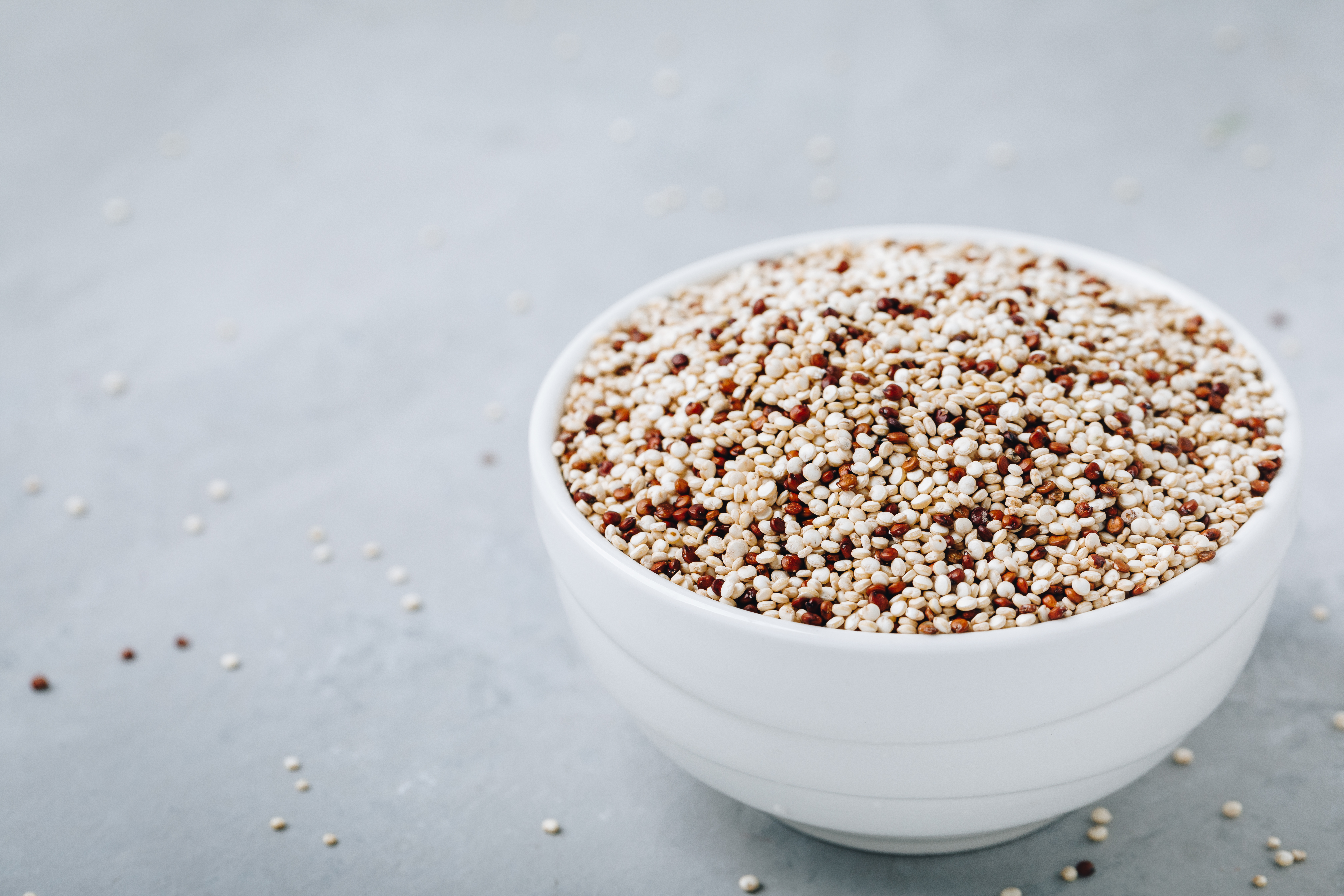
Quinoa is a high-protein, high-fiber whole grain that offers a wealth of heart-healthy benefits. Unlike refined grains, which can contribute to blood sugar spikes and inflammation, quinoa contains magnesium, potassium, and antioxidants that help keep blood pressure in check. Quinoa is also naturally gluten-free and contains all nine essential amino acids, making it a nutrient-dense alternative to white rice or pasta. Swap in quinoa for a fiber-rich, heart-friendly meal base.
24. Pumpkin Seeds – The Magnesium-Rich Snack

Pumpkin seeds might be small, but they are packed with magnesium, zinc, and healthy fats, all of which play a crucial role in blood pressure regulation and cardiovascular health. Magnesium is particularly important because it relaxes blood vessels and helps maintain steady blood pressure levels. Pumpkin seeds are also a good source of arginine, an amino acid that helps produce nitric oxide, which dilates blood vessels and improves circulation. Sprinkle them on salads, yogurt, or oatmeal, or enjoy them as a crunchy, heart-healthy snack.
25. Seaweed – A Salty Snack with Heart Benefits

Seaweed might not be the first thing that comes to mind for heart health, but this ocean-grown superfood is rich in potassium, magnesium, and antioxidants like fucoxanthin. These nutrients work together to support healthy blood pressure by relaxing blood vessels and reducing inflammation. Some types of seaweed even contain peptides that mimic the effects of ACE inhibitors—common blood pressure medications. Enjoy nori sheets as a snack, toss wakame into miso soup, or sprinkle dulse flakes onto salads for a briny, nutrient-packed boost.
26. Hibiscus Tea – The Floral Blood Pressure Tonic
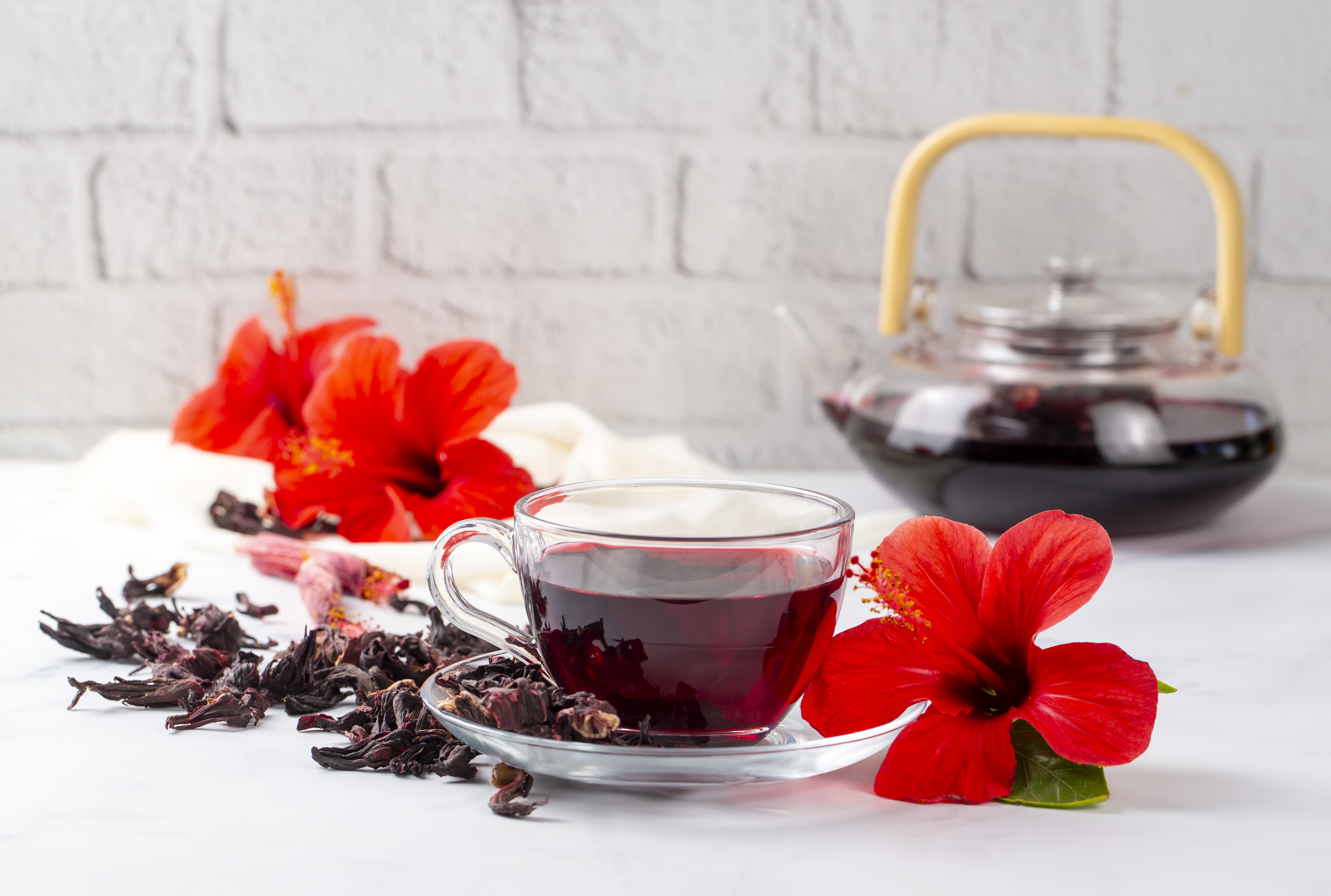
This vibrant herbal tea isn't just pretty—it’s powerful. Hibiscus tea has been shown in clinical studies to help lower both systolic and diastolic blood pressure, thanks to its high levels of antioxidants like anthocyanins. Naturally caffeine-free and delicious hot or iced, hibiscus tea is a smart addition to your daily routine. For added benefit, skip the sugar and pair it with a splash of citrus for a heart-healthy twist.
27. Amaranth – The Ancient Grain with Modern Benefits
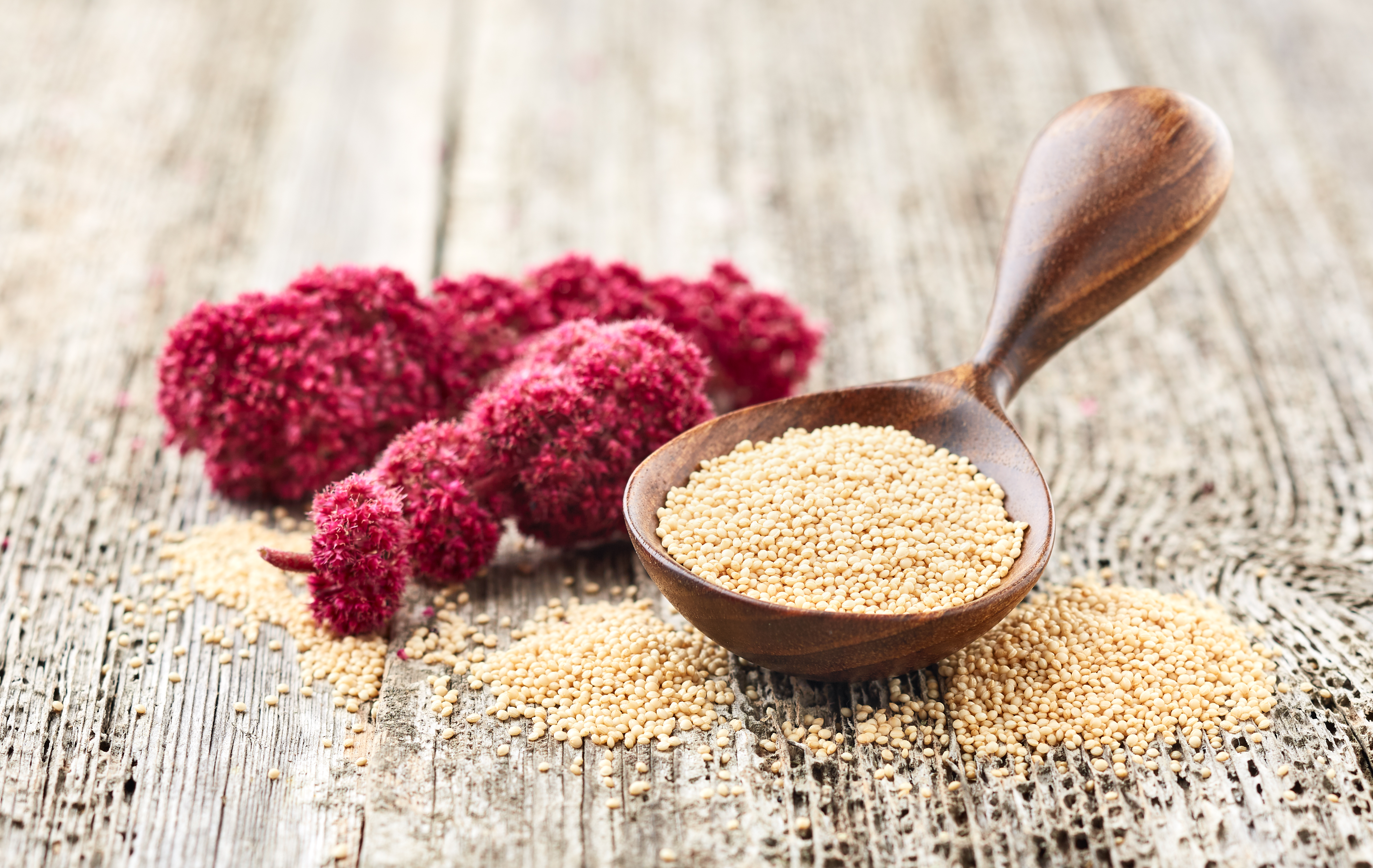
Amaranth is a gluten-free grain that packs a serious nutritional punch. Loaded with magnesium, fiber, and plant-based protein, it helps reduce inflammation and regulate blood pressure. Unlike refined grains, amaranth supports steady blood sugar and provides lasting energy. Its nutty flavor makes it a great base for grain bowls, soups, or even breakfast porridge. As a bonus, it's also high in lysine, an amino acid that supports healthy circulation.
28. Celery – Crisp, Crunchy, and Naturally Protective
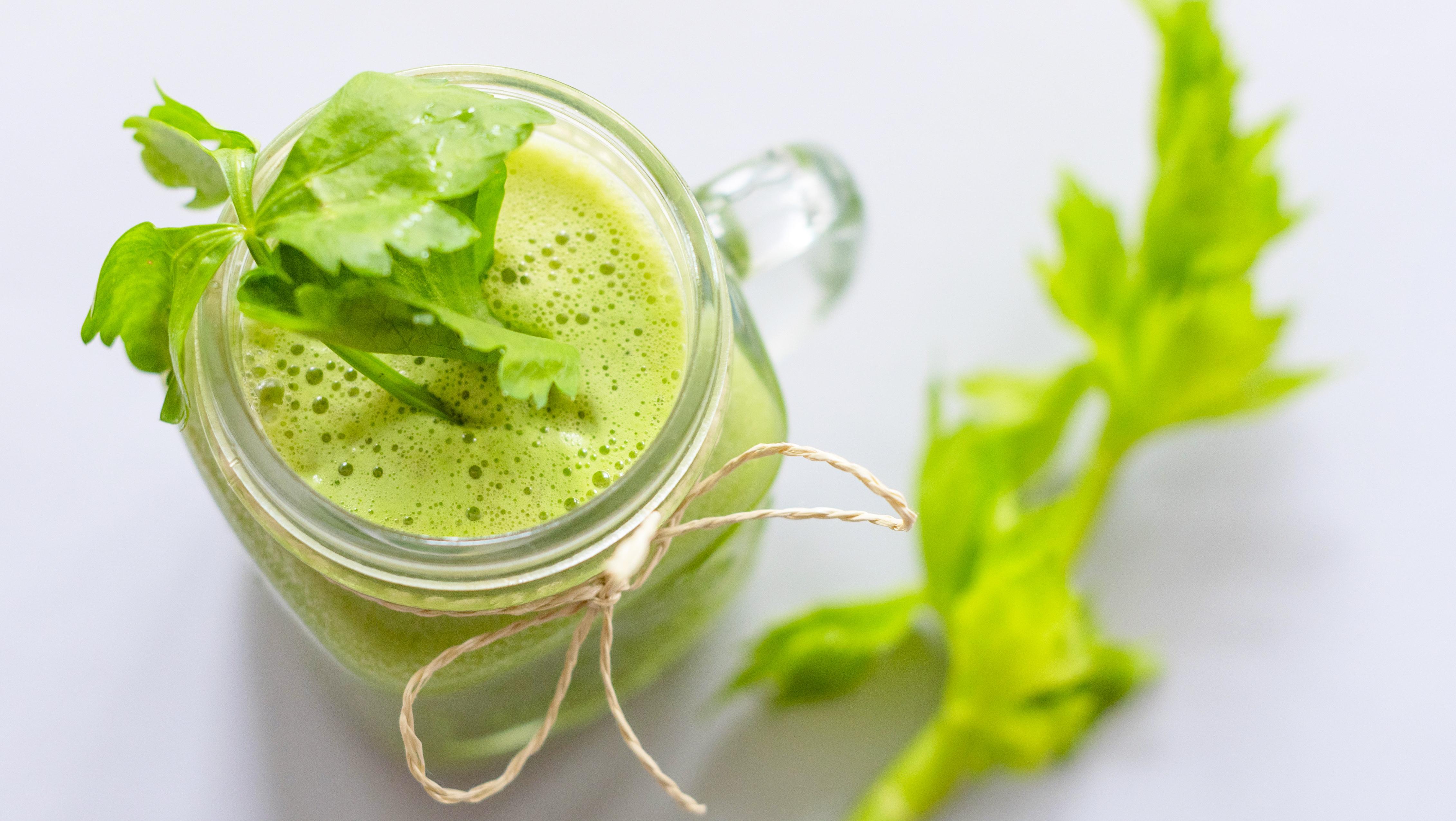
Celery is more than just a diet snack—it’s a heart-friendly vegetable loaded with phthalides, natural compounds that relax artery walls and improve blood flow. High in water and potassium, celery helps flush excess sodium from the body, making it an ideal choice for managing blood pressure. Enjoy it raw with hummus, chopped into soups and stews, or blended into smoothies for a refreshing, low-calorie crunch.
29. Kiwi – The Tiny Fruit with Big Heart Benefits
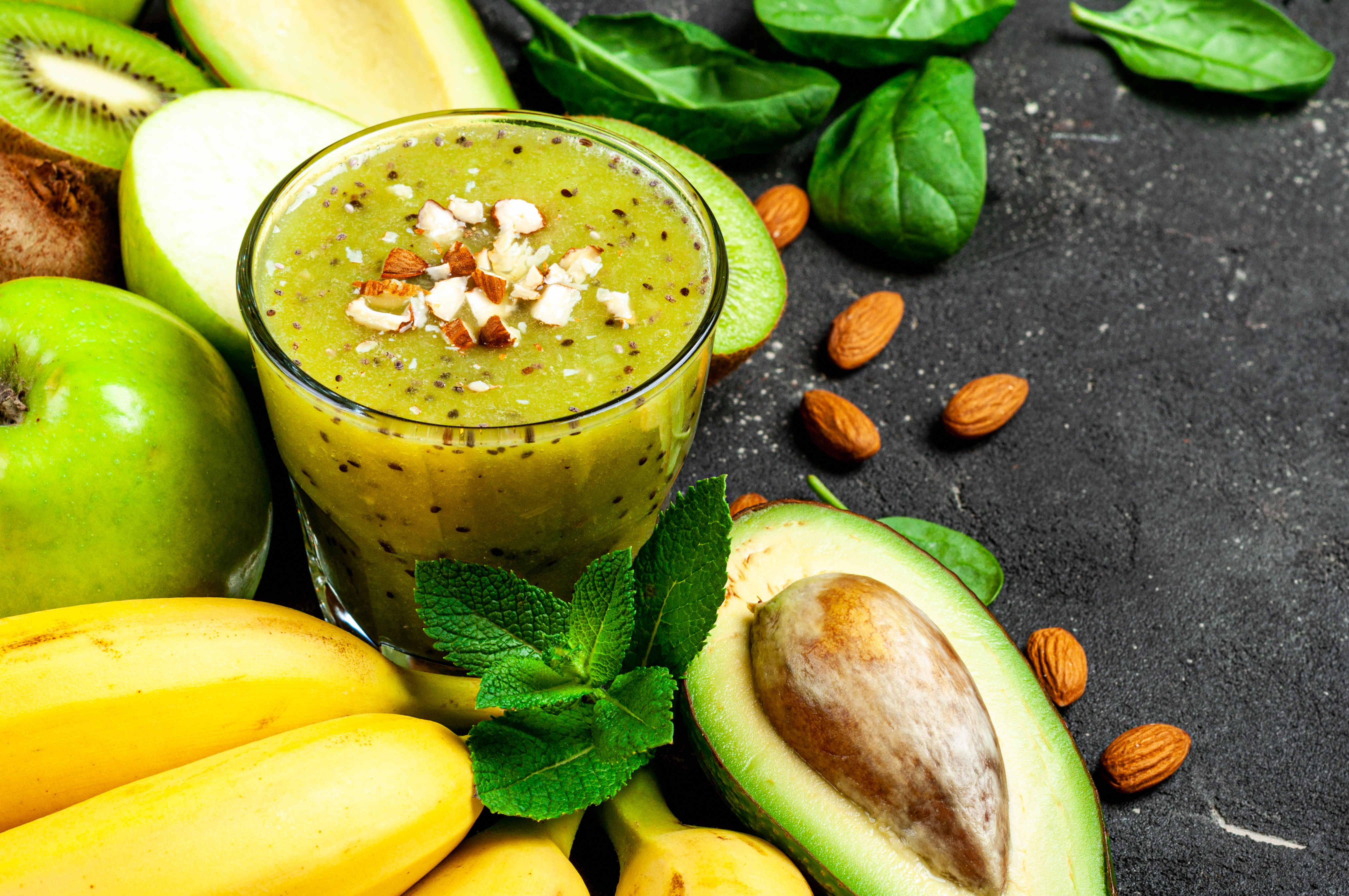
Kiwis may be small, but they’re bursting with potassium, fiber, and vitamin C. Research suggests that eating just three kiwis a day may lower blood pressure more effectively than apples. The antioxidants in kiwi help reduce oxidative stress, while its high potassium content helps counteract sodium. Enjoy kiwis as a sweet snack, add them to salads, or blend into smoothies for a tangy, tropical boost.
30. Artichokes – The Fiber-Rich Blood Pressure Booster
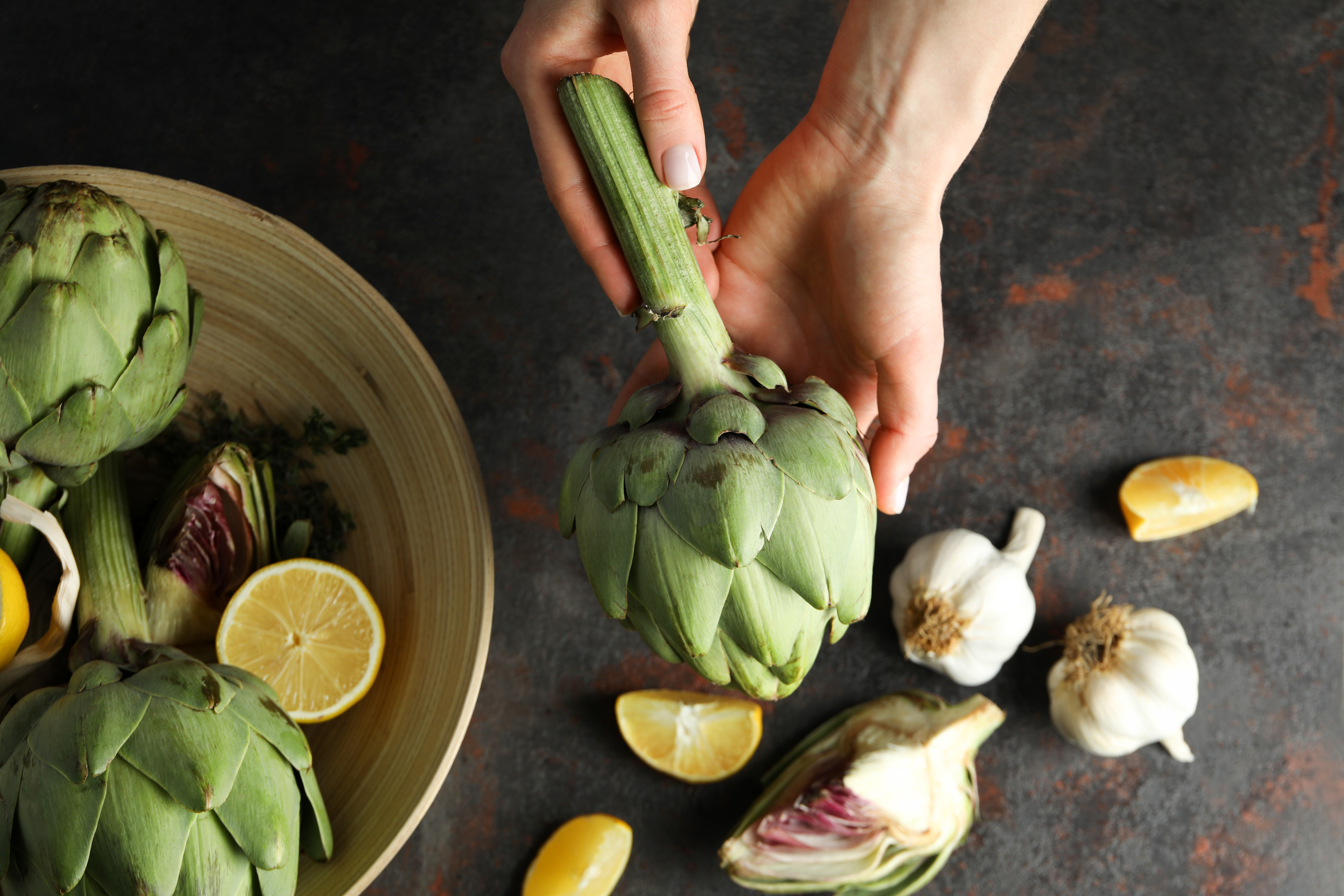
Artichokes are loaded with potassium, magnesium, and prebiotic fiber, all of which contribute to blood pressure control and improved heart function. They also contain compounds that boost nitric oxide production, promoting better blood flow. Whether steamed, grilled, or blended into a creamy dip, artichokes are a delicious way to get more heart-supportive nutrients into your diet.
31. Black Beans – A Legume Loaded with Potassium
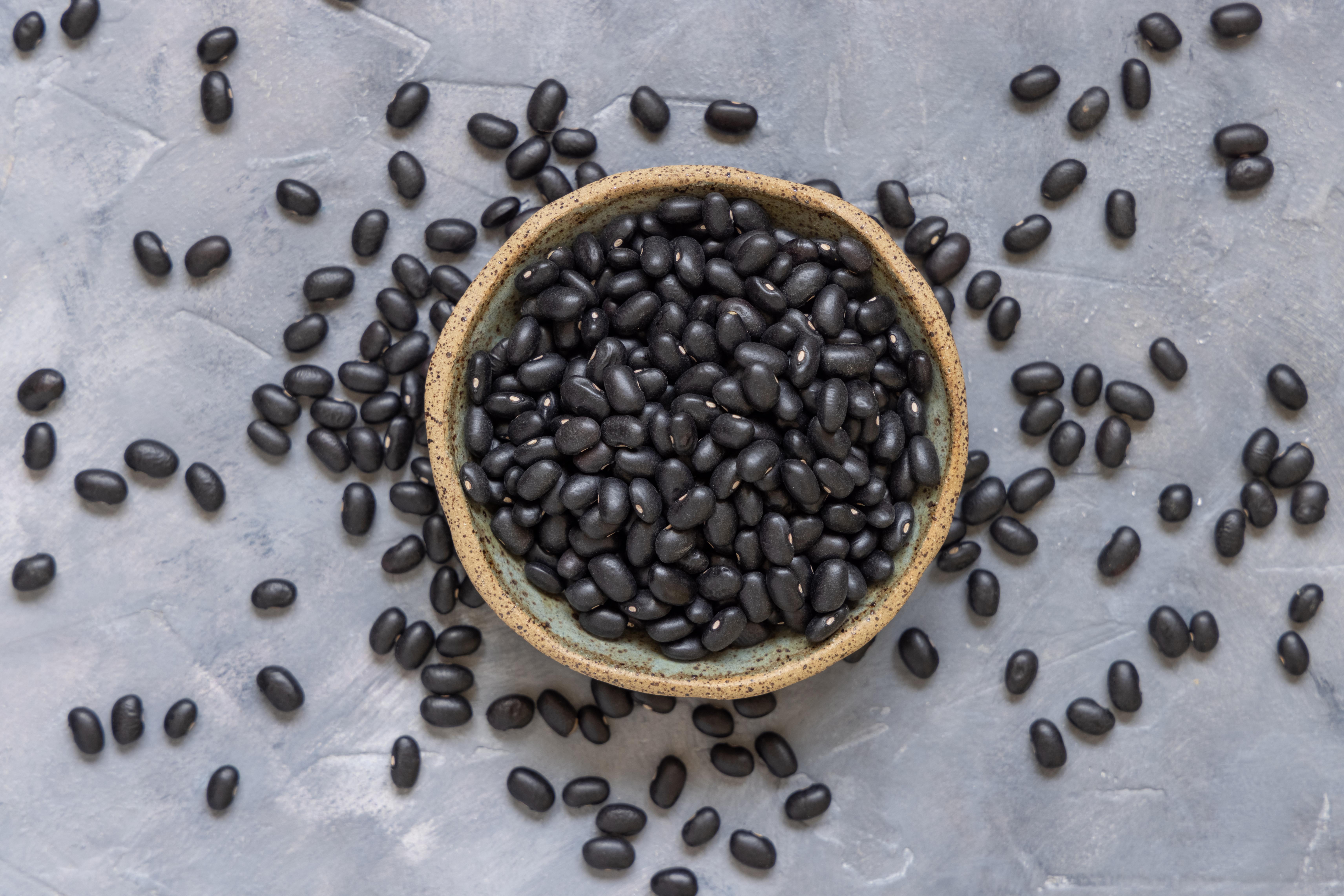
Black beans are a nutritional powerhouse, offering fiber, protein, and a hearty dose of potassium and magnesium—key minerals that help lower blood pressure. They’re also low in sodium and help stabilize blood sugar, which supports overall heart health. Toss them into tacos, grain bowls, soups, or salads for a satisfying and versatile addition to your diet.
32. Persimmons – Sweet, Tangy, and Heart-Healthy

This lesser-known fruit is rich in potassium, antioxidants, and anti-inflammatory compounds like flavonoids. Persimmons help relax blood vessels and improve circulation, supporting a lower blood pressure profile. Their natural sweetness and velvety texture make them perfect in smoothies, salads, or eaten fresh as a snack—especially during fall and winter when they’re in season.
33. Cottage Cheese (Low-Sodium) – A Protein-Packed Option

While traditional cottage cheese can be high in sodium, low-sodium varieties offer the same high-quality protein and calcium benefits without the salt spike. Calcium plays a key role in regulating blood pressure, and the protein helps keep you full and energized. Add fresh fruit, herbs, or a dash of olive oil for a savory or sweet twist.
34. Papaya – A Tropical Source of Potassium and Antioxidants
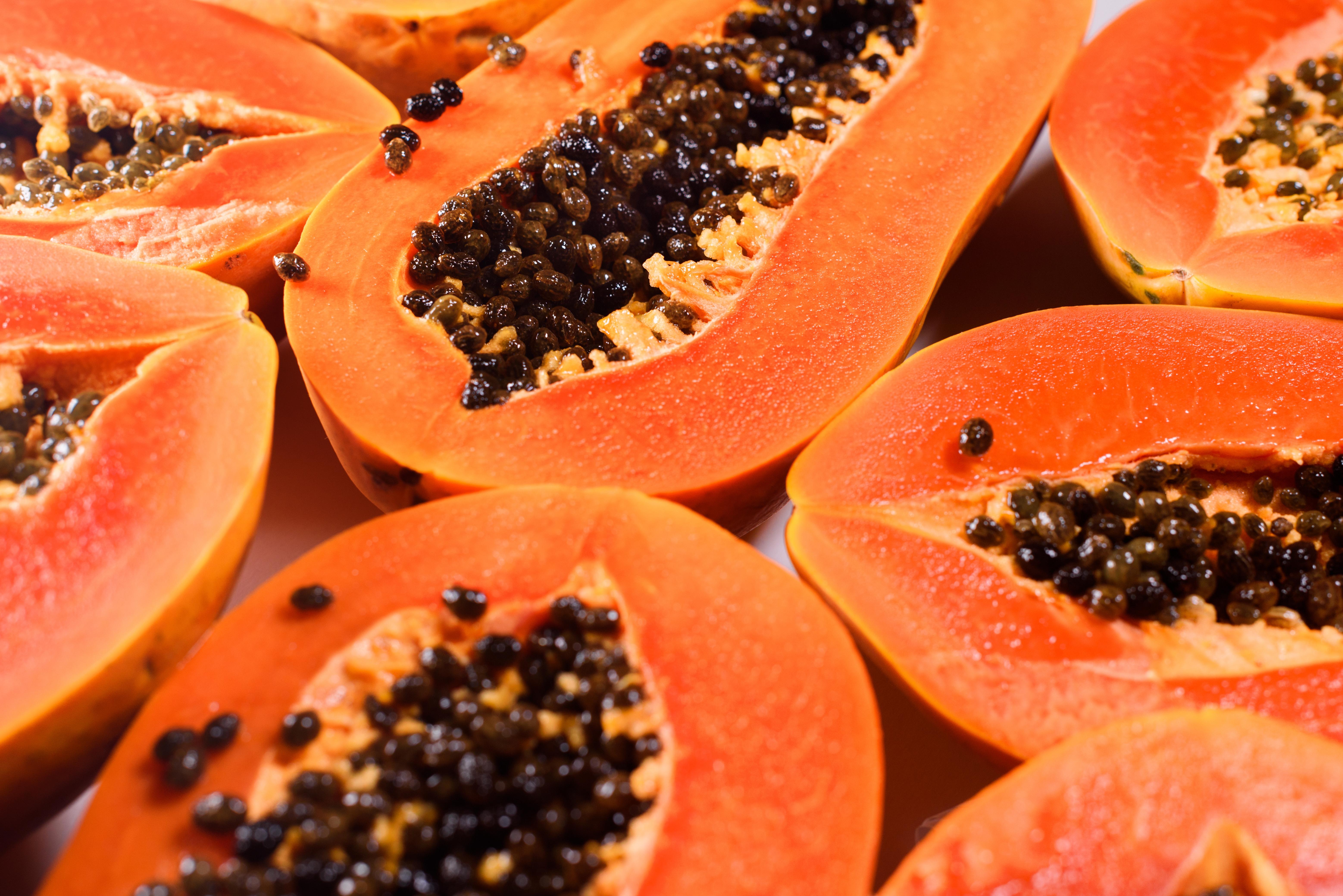
Papaya is a tropical fruit rich in potassium, vitamin C, and powerful carotenoids like beta-carotene and lycopene. These nutrients work together to relax blood vessels, reduce inflammation, and improve circulation. Its enzymes also support digestion, which indirectly benefits heart health. Blend papaya into smoothies, pair with lime for a refreshing snack, or add it to fruit salads for a sweet, heart-smart treat.
35. Watercress: The Peppery Green with Nitric Oxide Boost
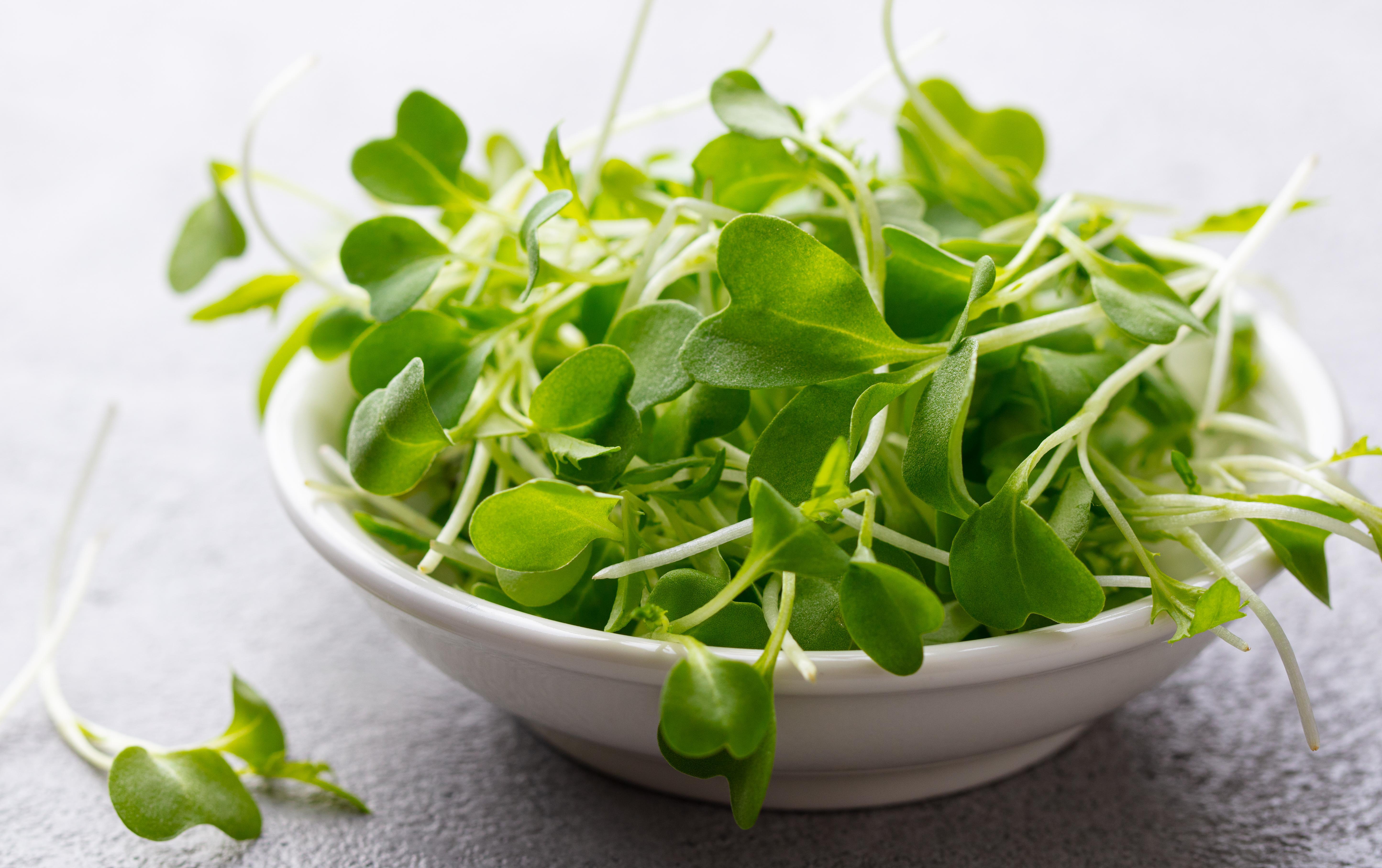
Watercress is a nutrient-dense leafy green that goes beyond the typical salad ingredient. It's particularly rich in nitrates, which the body converts into nitric oxide. Nitric oxide is a key player in blood pressure regulation, as it helps dilate blood vessels, allowing blood to flow more easily. Watercress also provides vitamin K, calcium, and antioxidants, all of which contribute to cardiovascular health. Add its peppery bite to salads, soups, or sandwiches for a subtle yet potent boost.
36. Pistachios: The Nutty Source of Plant Sterols
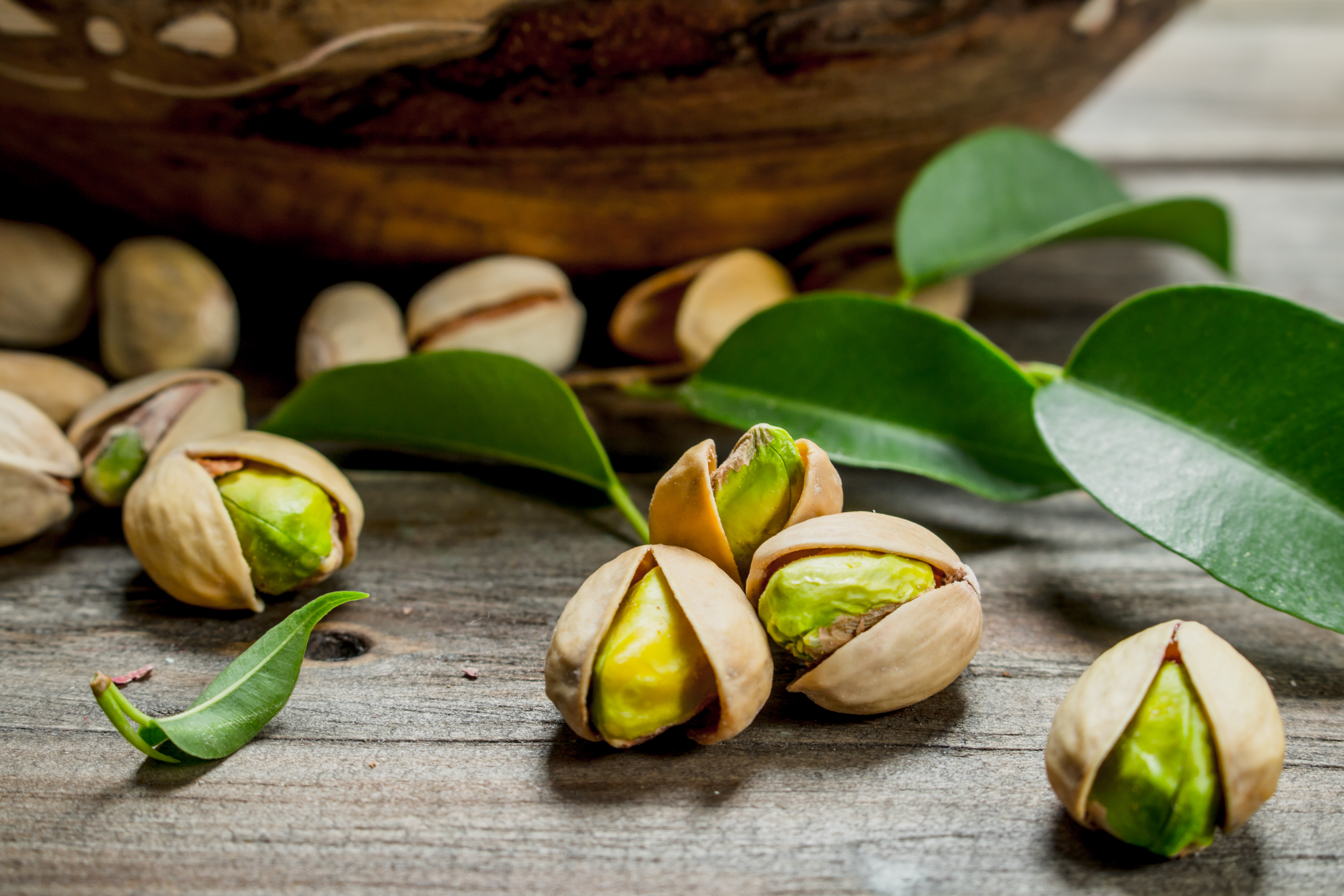
Pistachios offer a unique combination of nutrients that support healthy blood pressure. They are a good source of potassium, fiber, and healthy unsaturated fats. What sets them apart is their content of plant sterols, compounds that can help lower cholesterol levels. By reducing cholesterol, pistachios can indirectly contribute to better blood vessel health and blood pressure control. Enjoy them as a snack, or sprinkle them on salads or yogurt for a satisfying crunch.
37. Broccoli: The Cruciferous Vegetable with Antioxidant Power
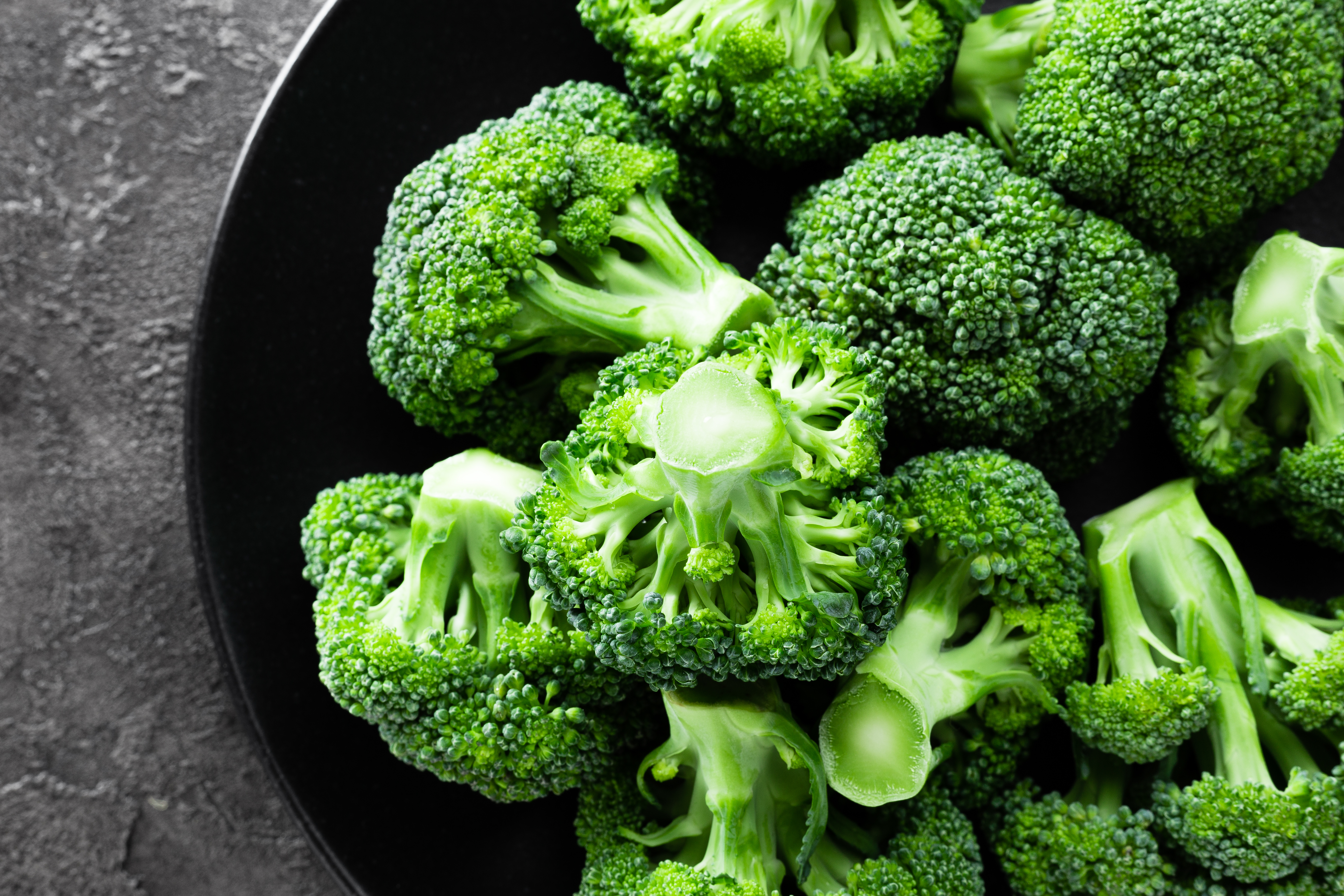
Broccoli, a cruciferous vegetable, is packed with antioxidants, including sulforaphane, which has been shown to have protective effects on blood vessels. It also provides potassium, calcium, and vitamin C, all of which play a role in maintaining healthy blood pressure. Broccoli is a versatile vegetable that can be enjoyed raw, steamed, roasted, or added to soups and stir-fries. Its high fiber content also contributes to overall cardiovascular health.
38. Carrots: The Beta-Carotene-Rich Root Vegetable

Carrots are more than just good for your eyes; they also offer benefits for your heart. They are a good source of potassium and fiber, which help regulate blood pressure and support healthy digestion. Carrots are also rich in beta-carotene, an antioxidant that the body converts into vitamin A, which plays a role in maintaining healthy blood vessels. Enjoy carrots raw as a snack, roasted as a side dish, or added to soups and stews.
39. Pears: The Sweet and Juicy Source of Flavonoids
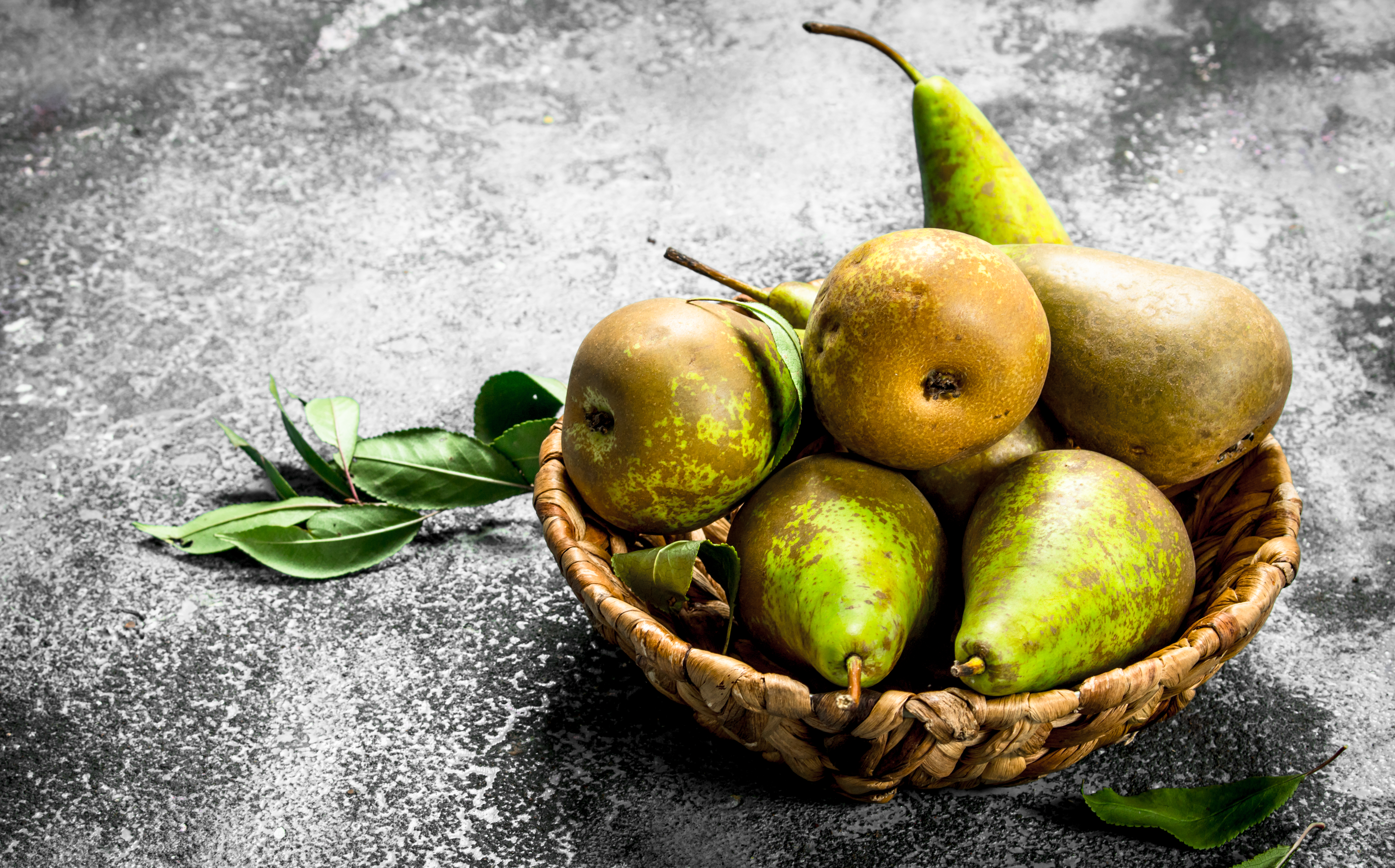
Pears are a sweet and juicy fruit that can be a healthy addition to a blood pressure-friendly diet. They are a good source of fiber, which aids in digestion and can help lower cholesterol levels. Pears also contain flavonoids, antioxidants that have been shown to improve blood vessel function and reduce inflammation. Enjoy pears on their own, in salads, or baked into desserts for a guilt-free treat.
40. Pinto Beans: The Fiber-Rich Legume with Magnesium
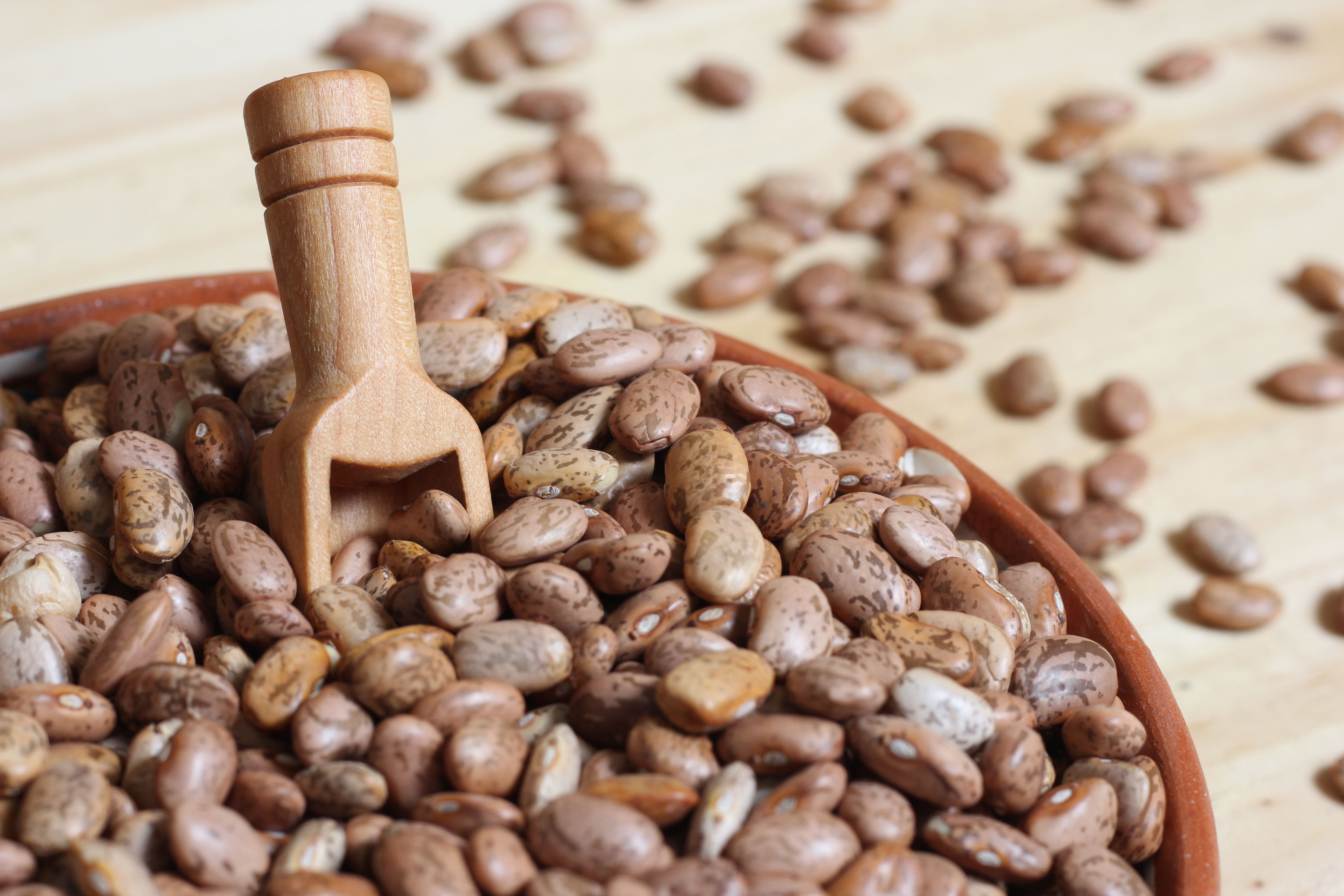
Pinto beans are a versatile and affordable legume that provides a wealth of nutrients for heart health. They are an excellent source of fiber and protein, which can help regulate blood sugar levels and promote feelings of fullness. Pinto beans are also rich in magnesium, a mineral that plays a crucial role in blood pressure regulation by helping to relax blood vessel walls. Add them to soups, stews, or tacos for a hearty and nutritious meal.
41. Collard Greens: The Southern Staple with Calcium
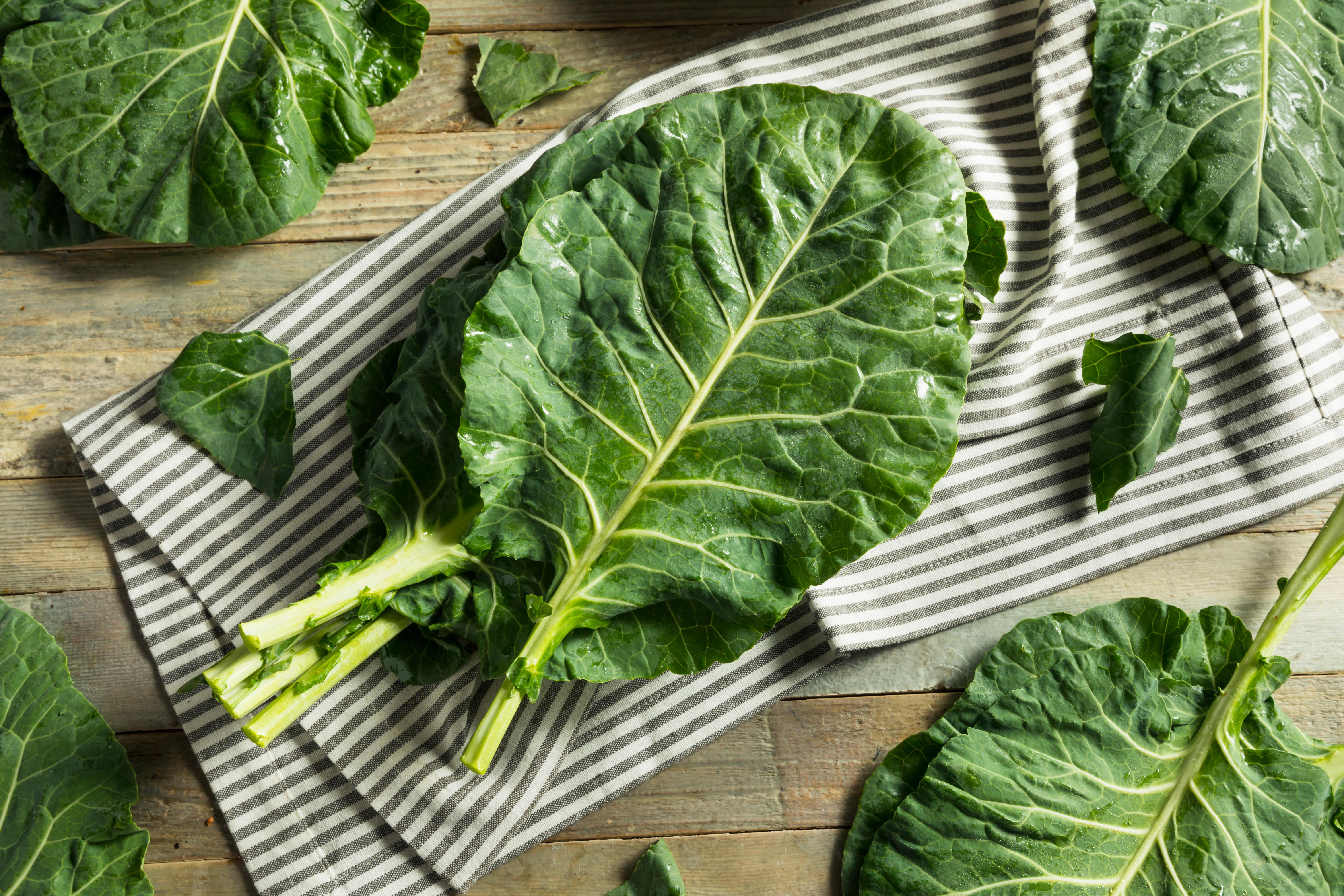
Collard greens, a staple in Southern cuisine, are a nutritional powerhouse for cardiovascular health. They are a good source of calcium, a mineral that is essential for maintaining healthy blood pressure levels. Collard greens also provide fiber, potassium, and antioxidants, all of which contribute to overall heart health. Enjoy them steamed, braised, or added to soups and stews for a flavorful and nutrient-rich side dish.
42. Skim Milk: The Dairy Option for Calcium and Potassium
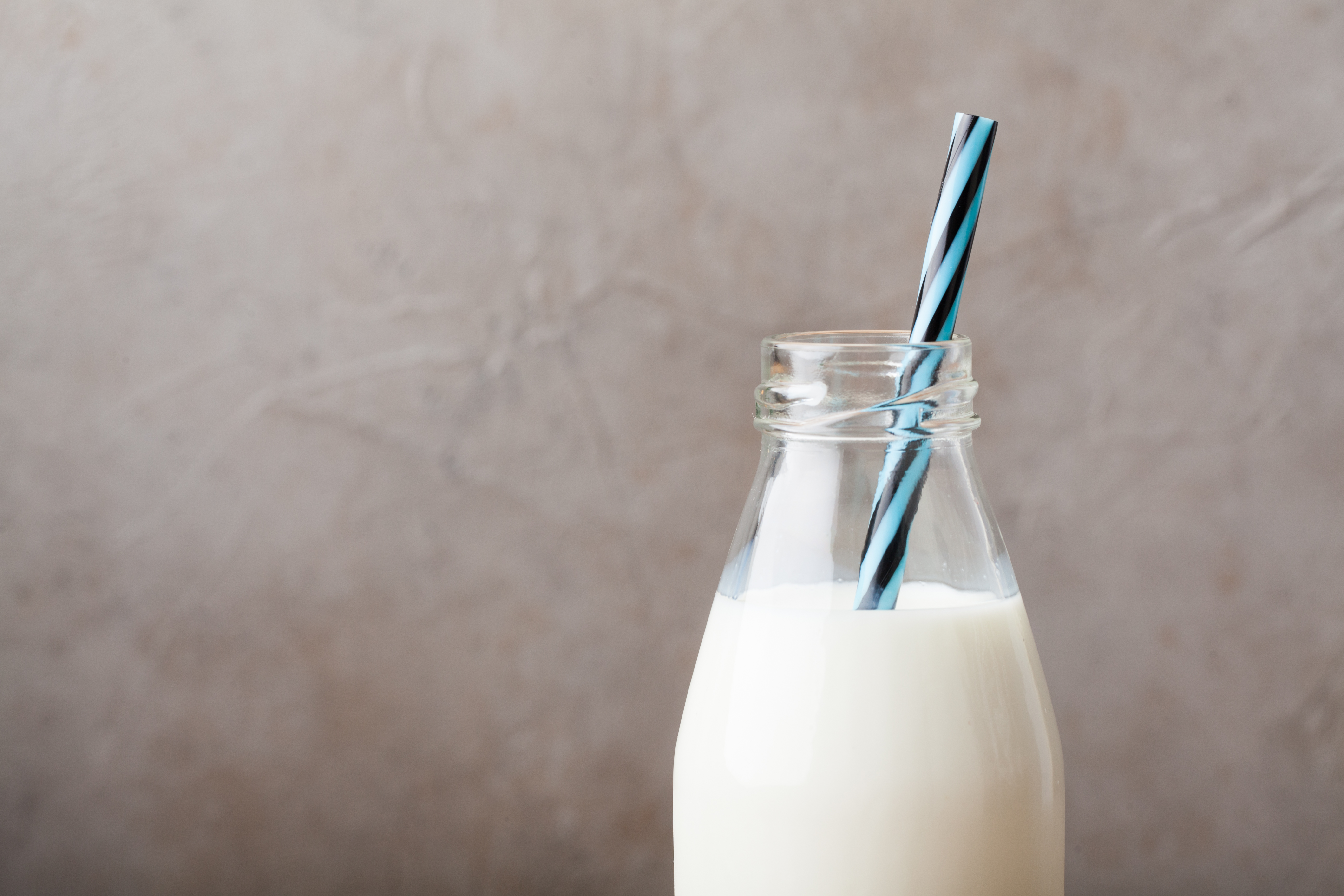
Skim milk, while sometimes controversial, can be a source of important nutrients for blood pressure management. It provides calcium and potassium, both of which are essential for maintaining healthy blood vessel function. Choose low-fat or skim milk to minimize saturated fat intake, and consider alternatives like fortified plant-based milk if you prefer.
43. Beet Greens: The Leafy Tops with Added Benefits
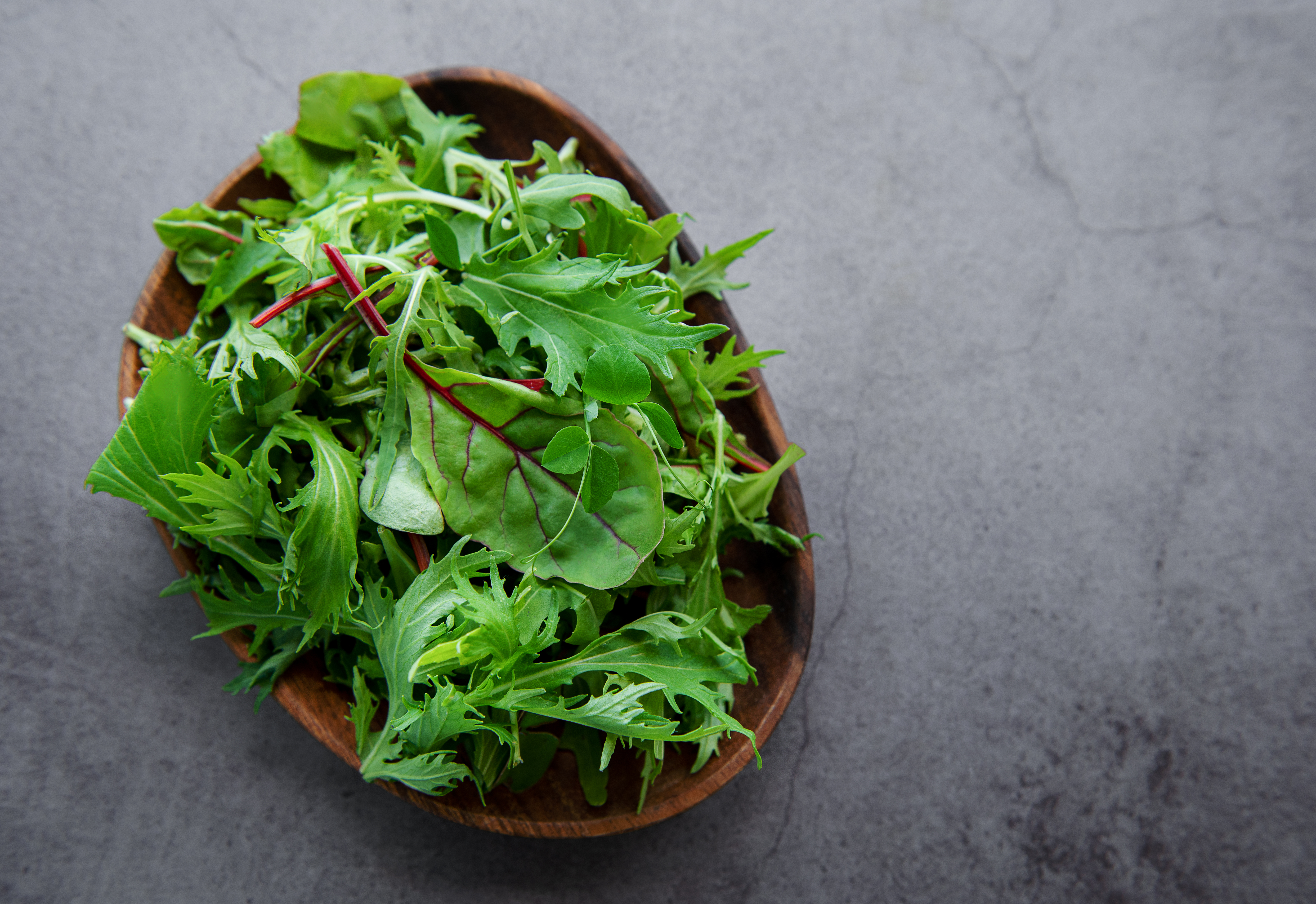
Don't discard the leafy tops of beets! Beet greens are a nutritional bonus, offering benefits similar to beets themselves. They are rich in nitrates, which help dilate blood vessels and lower blood pressure. Beet greens also provide potassium, magnesium, and antioxidants. Sauté them, add them to salads, or blend them into smoothies for a nutrient-packed and flavorful addition to your diet.
44. Barley: The Whole Grain with Beta-Glucan Fiber
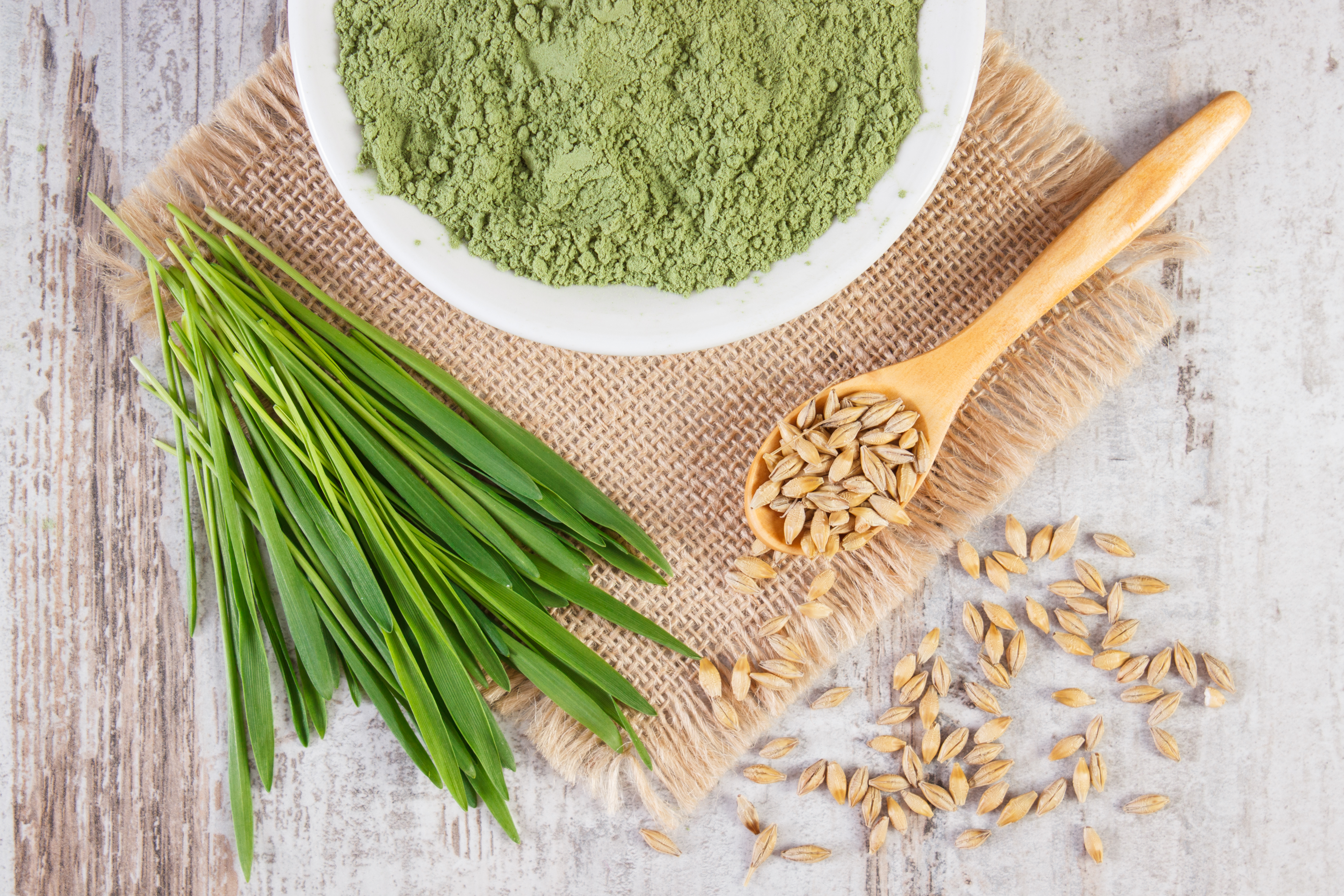
Barley, a whole grain, offers benefits for heart health through its soluble fiber content. Beta-glucan, a type of soluble fiber found in barley, can help lower cholesterol levels, which indirectly supports healthy blood pressure. Barley also provides magnesium and potassium. Enjoy it in soups, stews, or as a side dish for a hearty and nutritious addition to your meals.
Embracing a Heart-Healthy Diet

Maintaining healthy blood pressure levels is crucial for preventing cardiovascular diseases and promoting overall well-being. By incorporating these 44 flavorful foods into your diet, you can take proactive steps towards supporting heart health naturally. Each food offers unique properties that contribute to blood pressure regulation, making them valuable additions to any diet. It is important to remember that a heart-healthy diet is just one aspect of managing blood pressure. Regular physical activity, stress management, and avoiding smoking and excessive alcohol consumption are also key components of a healthy lifestyle. By embracing a holistic approach to health, you can enjoy the benefits of a well-rounded and nutritious diet while supporting your cardiovascular system and overall quality of life.